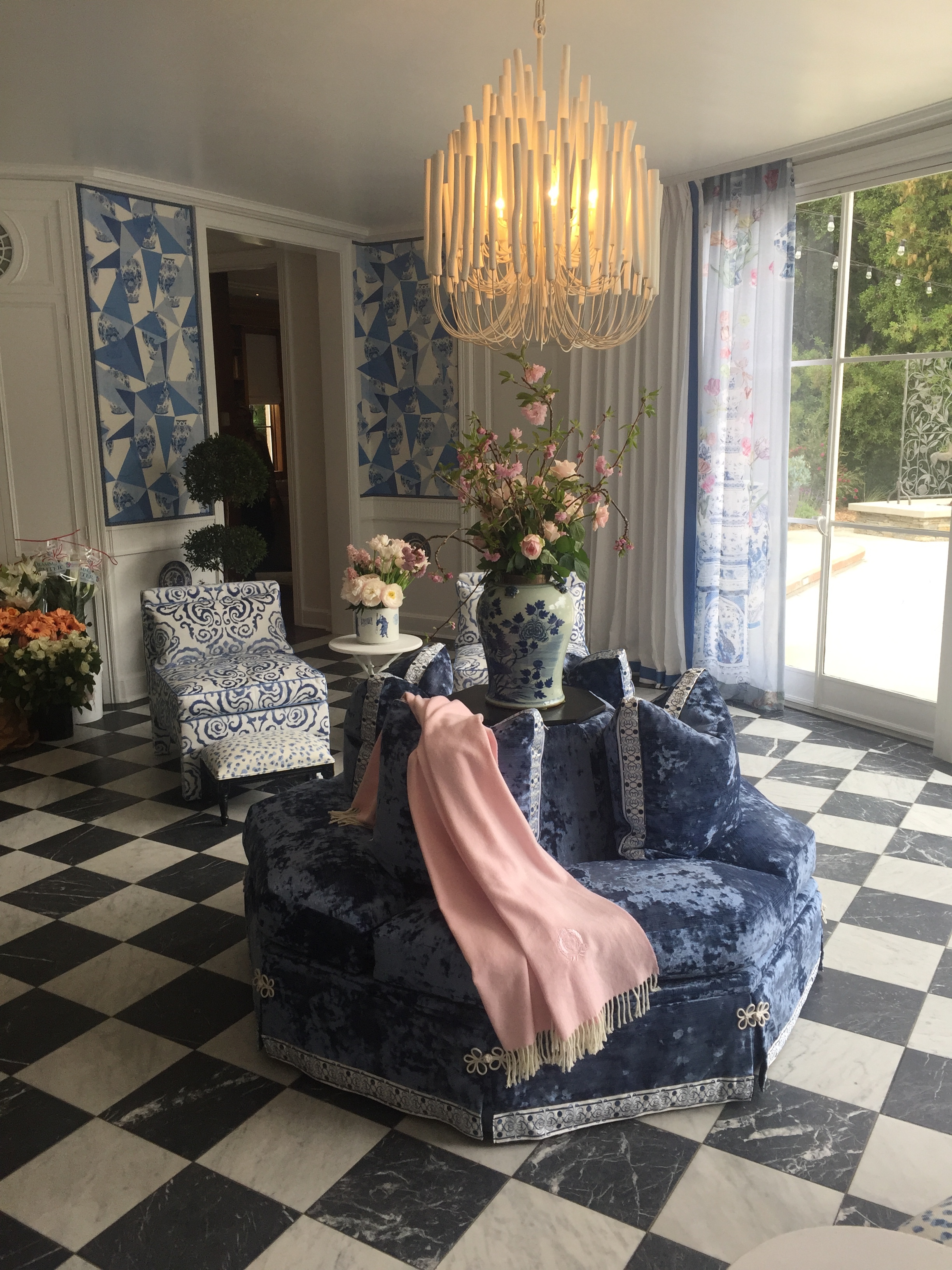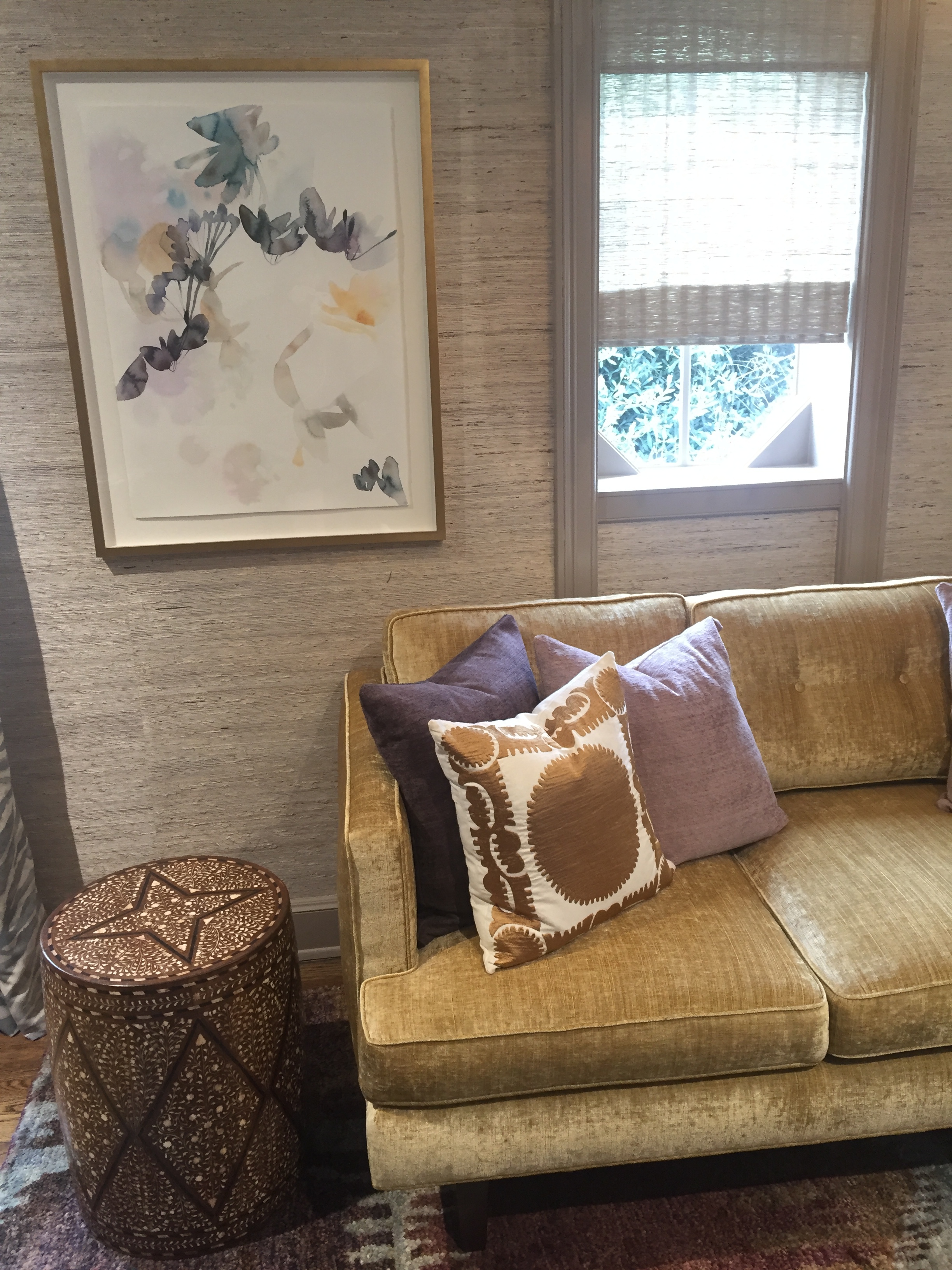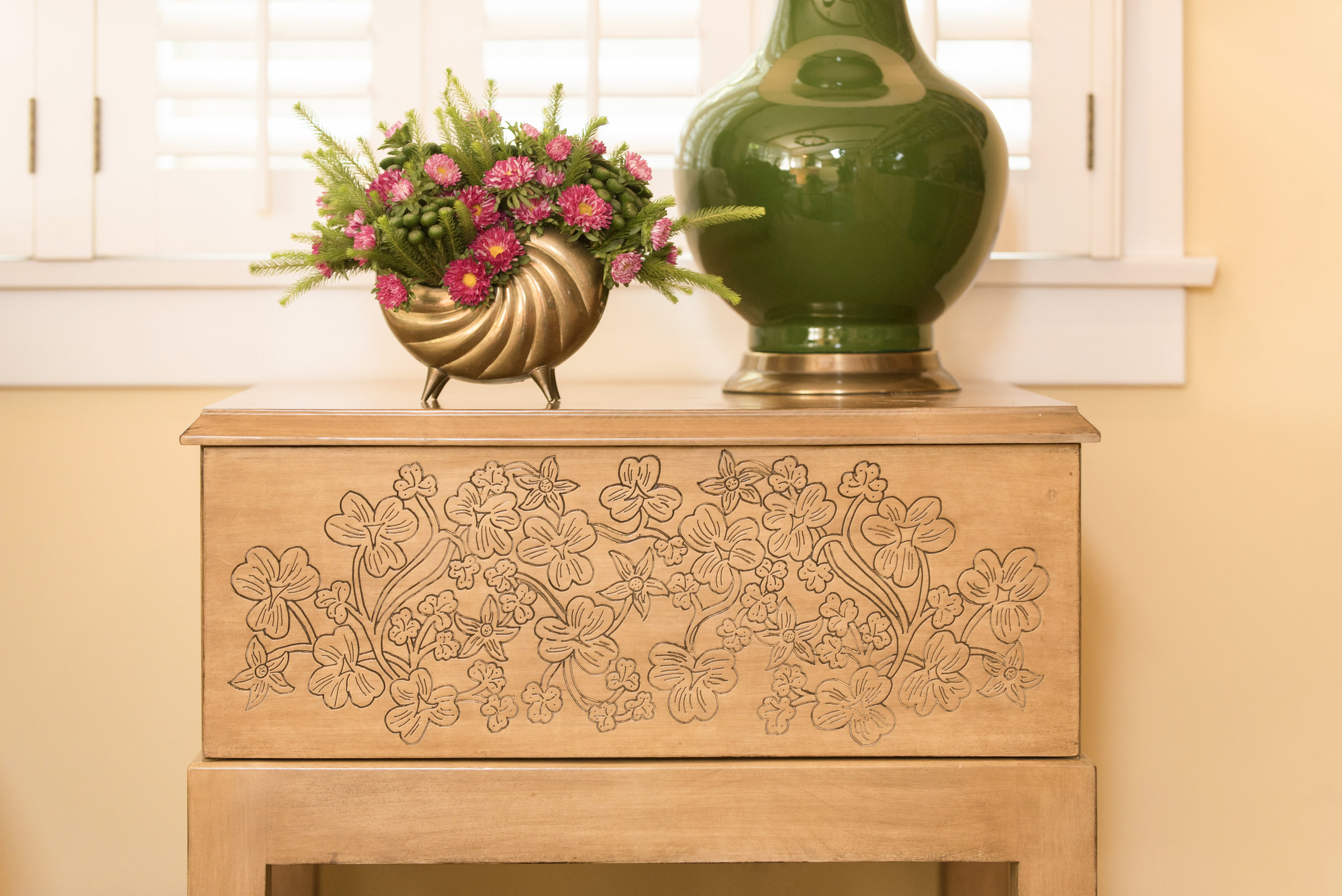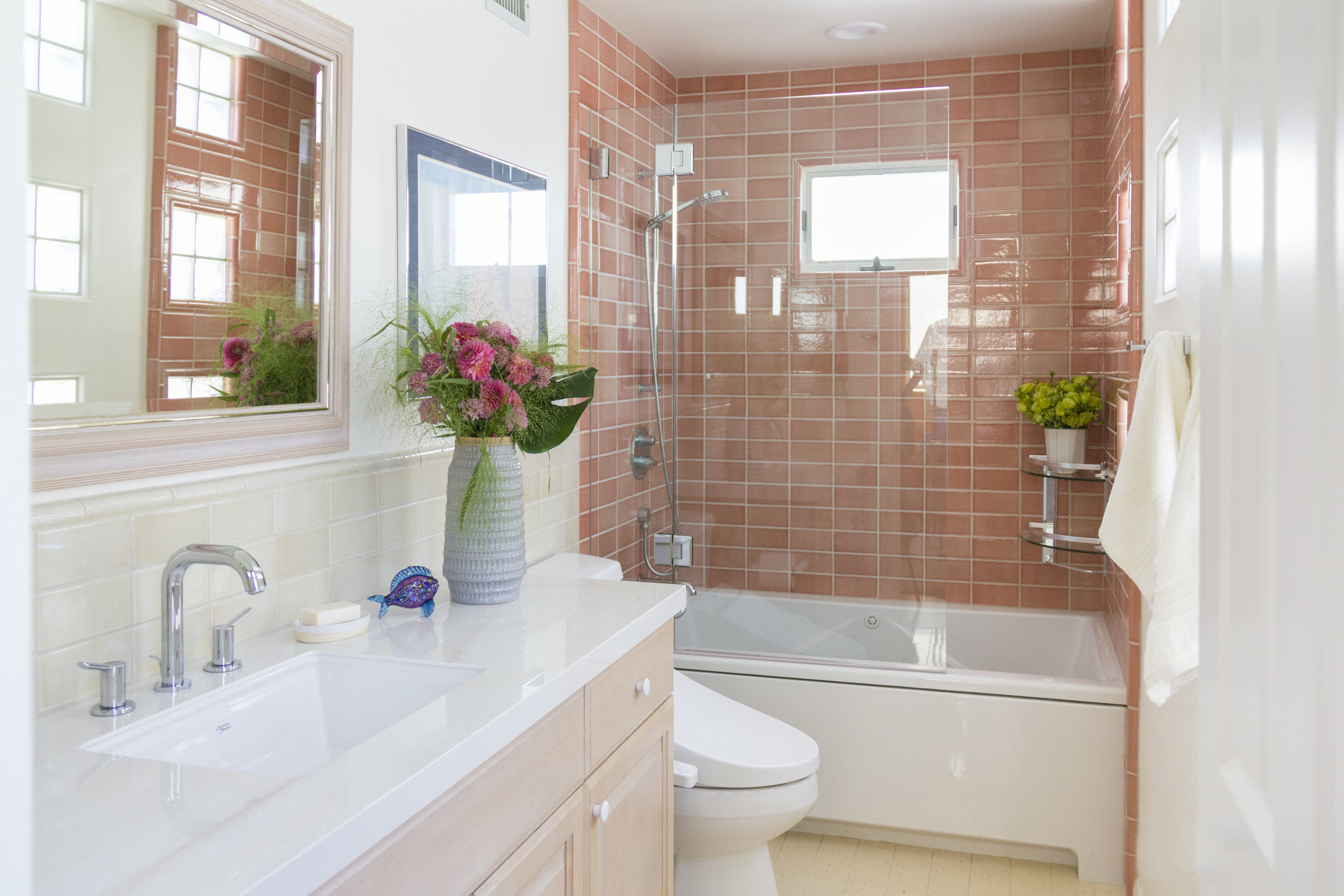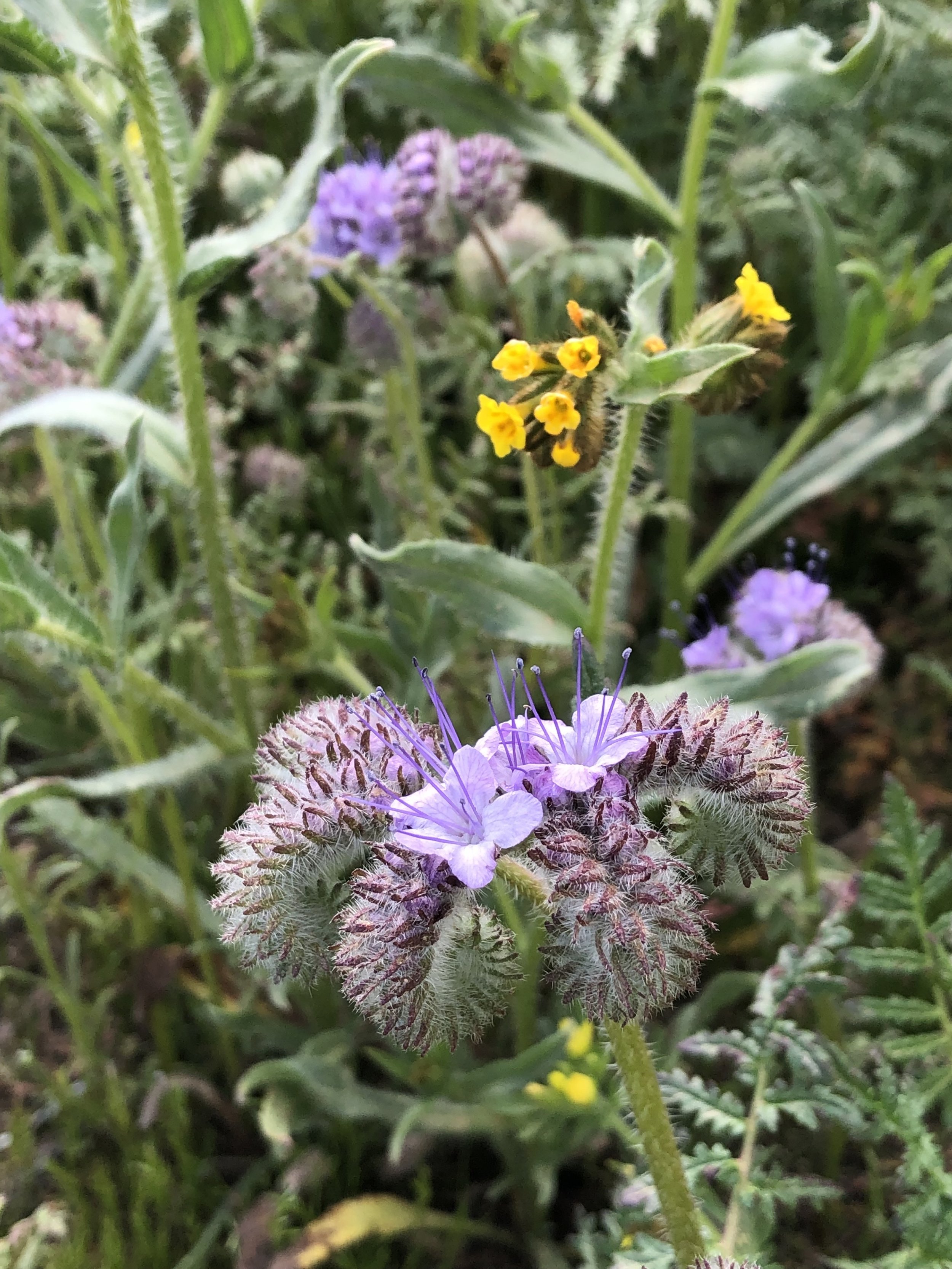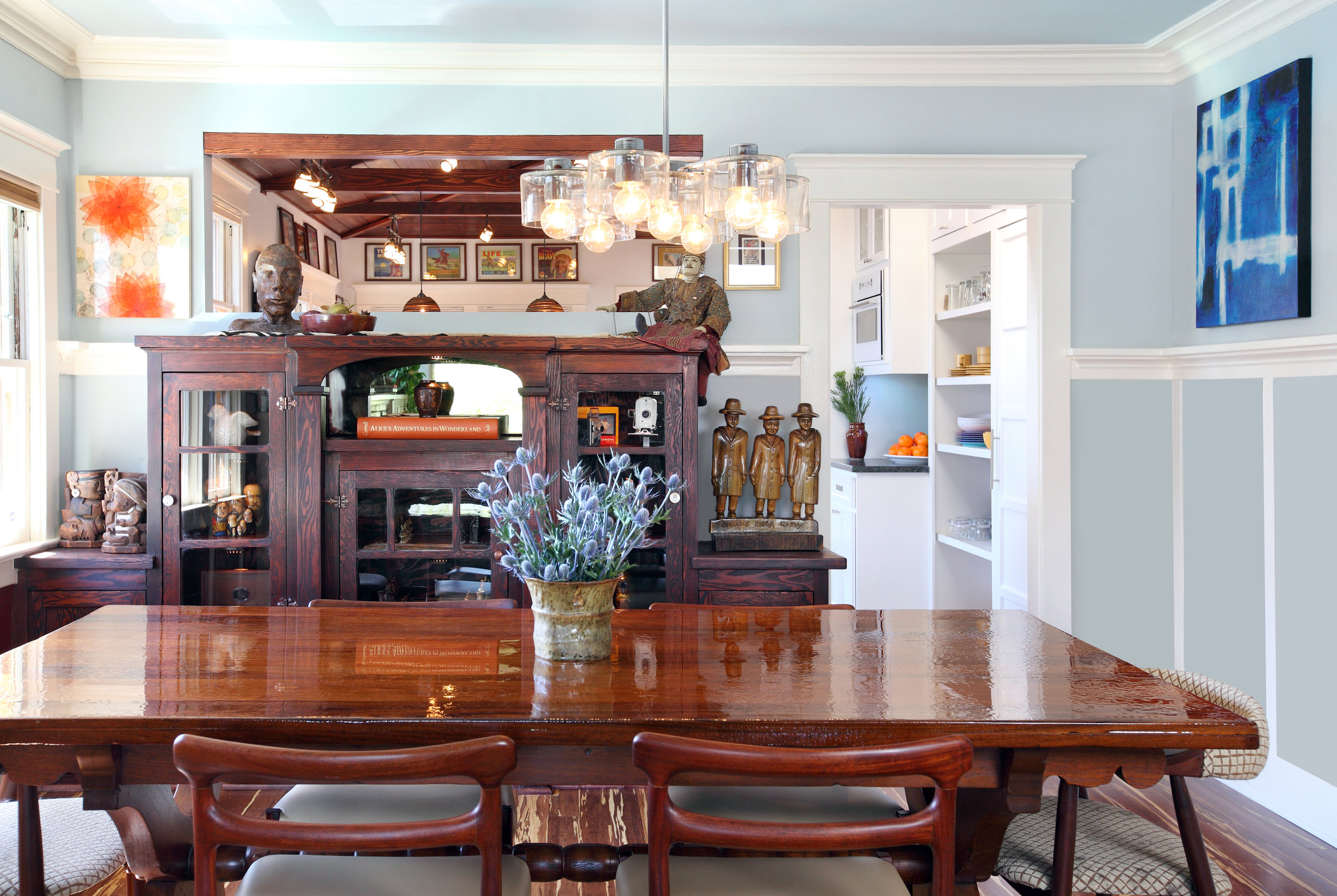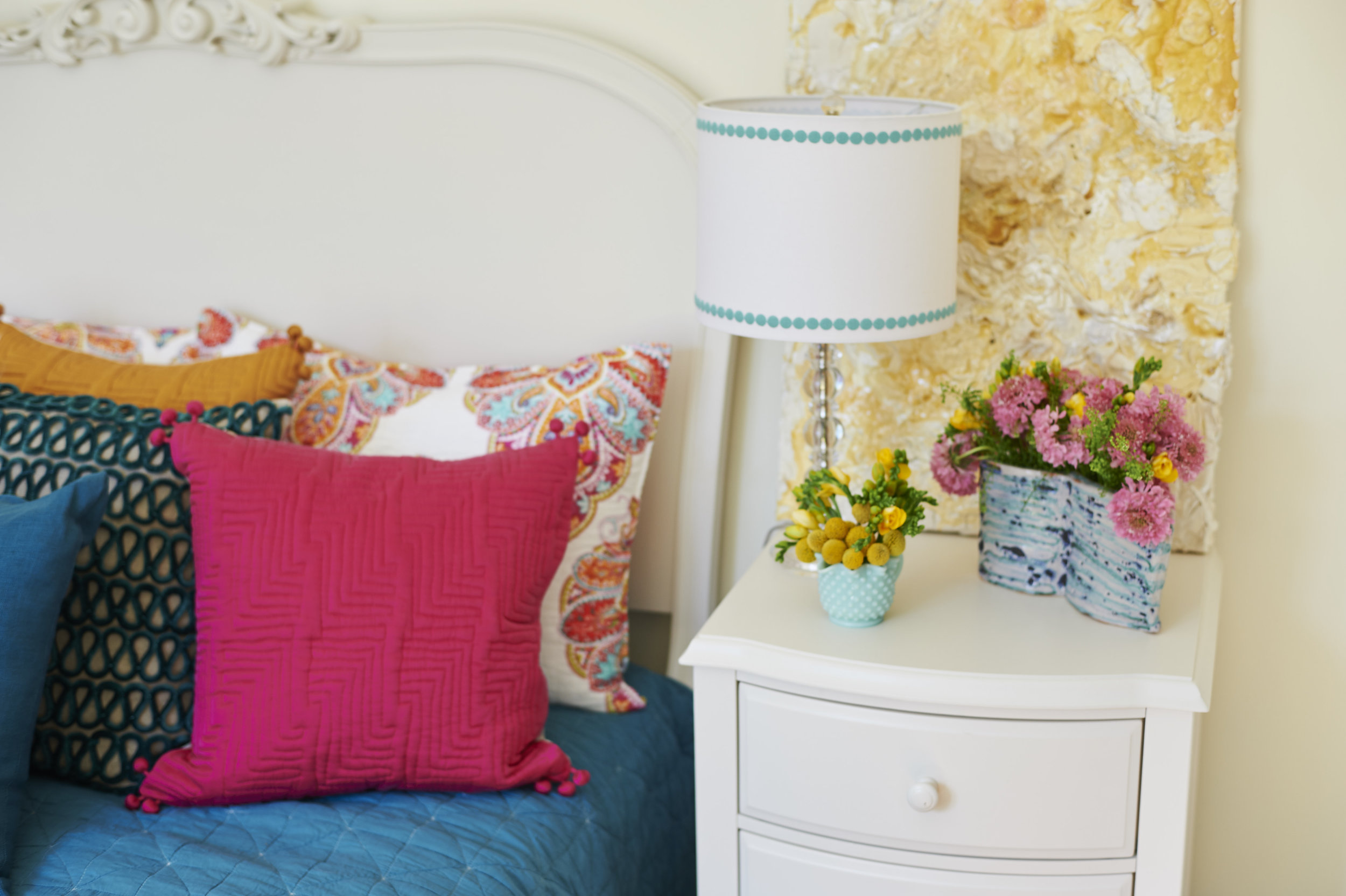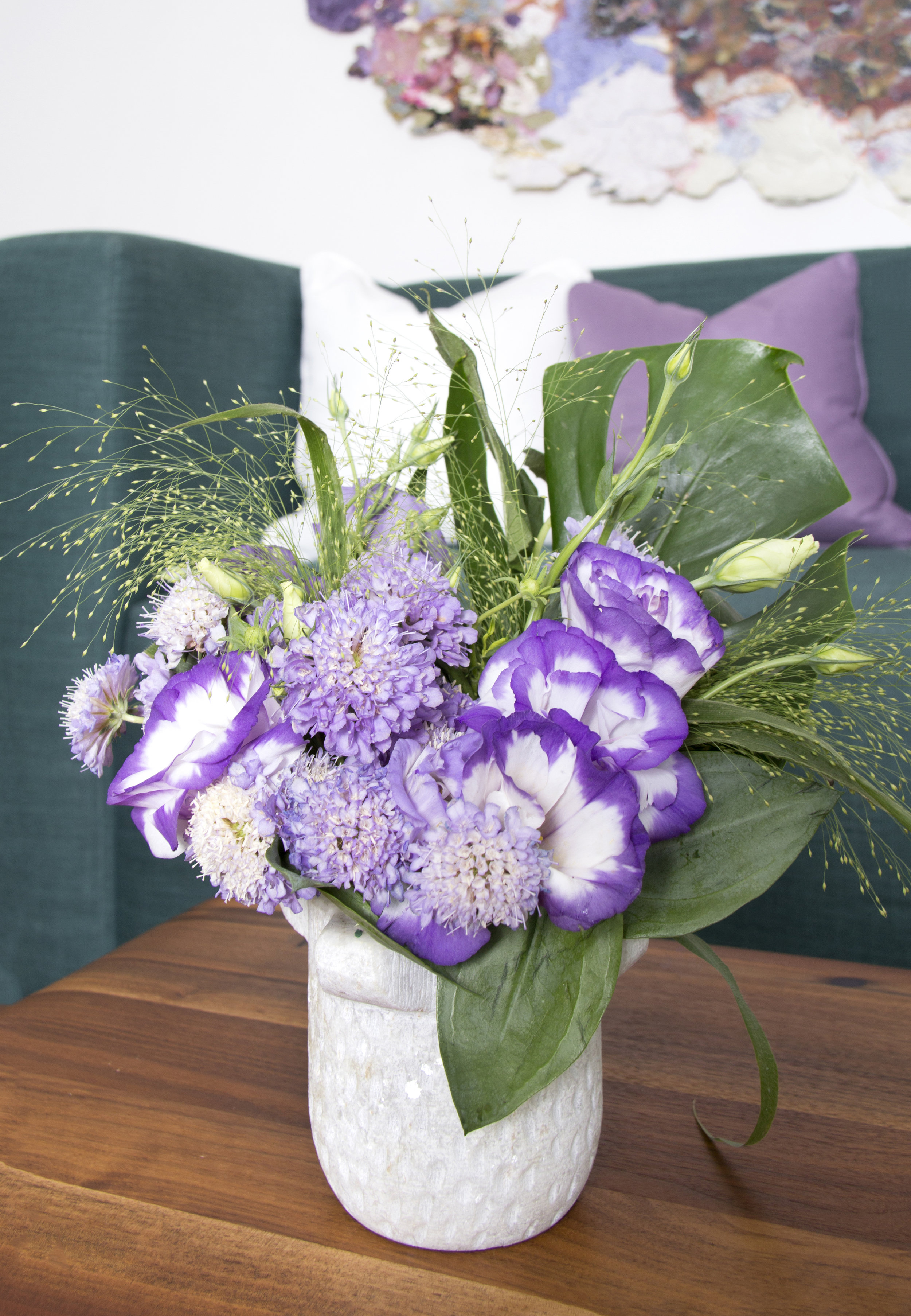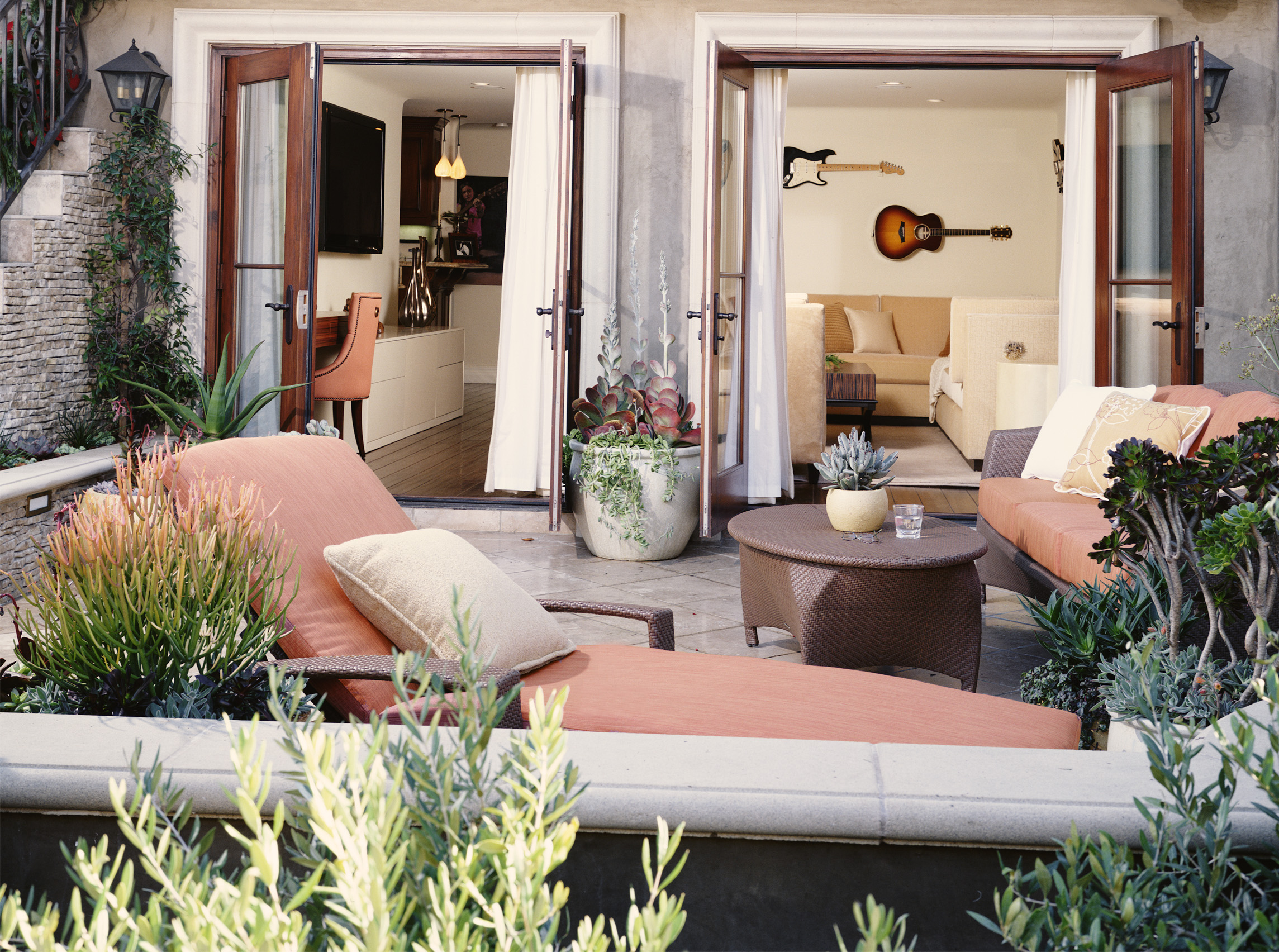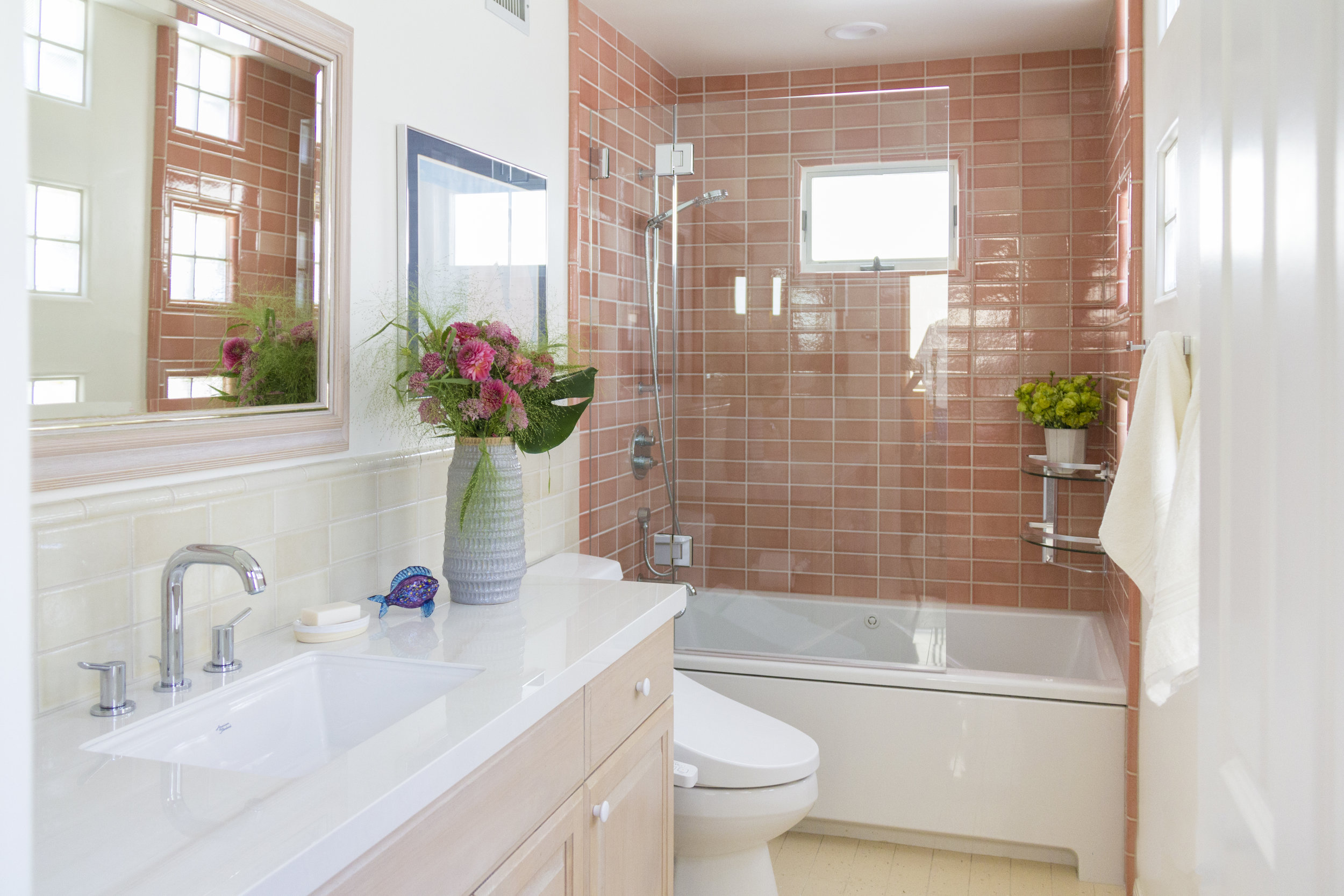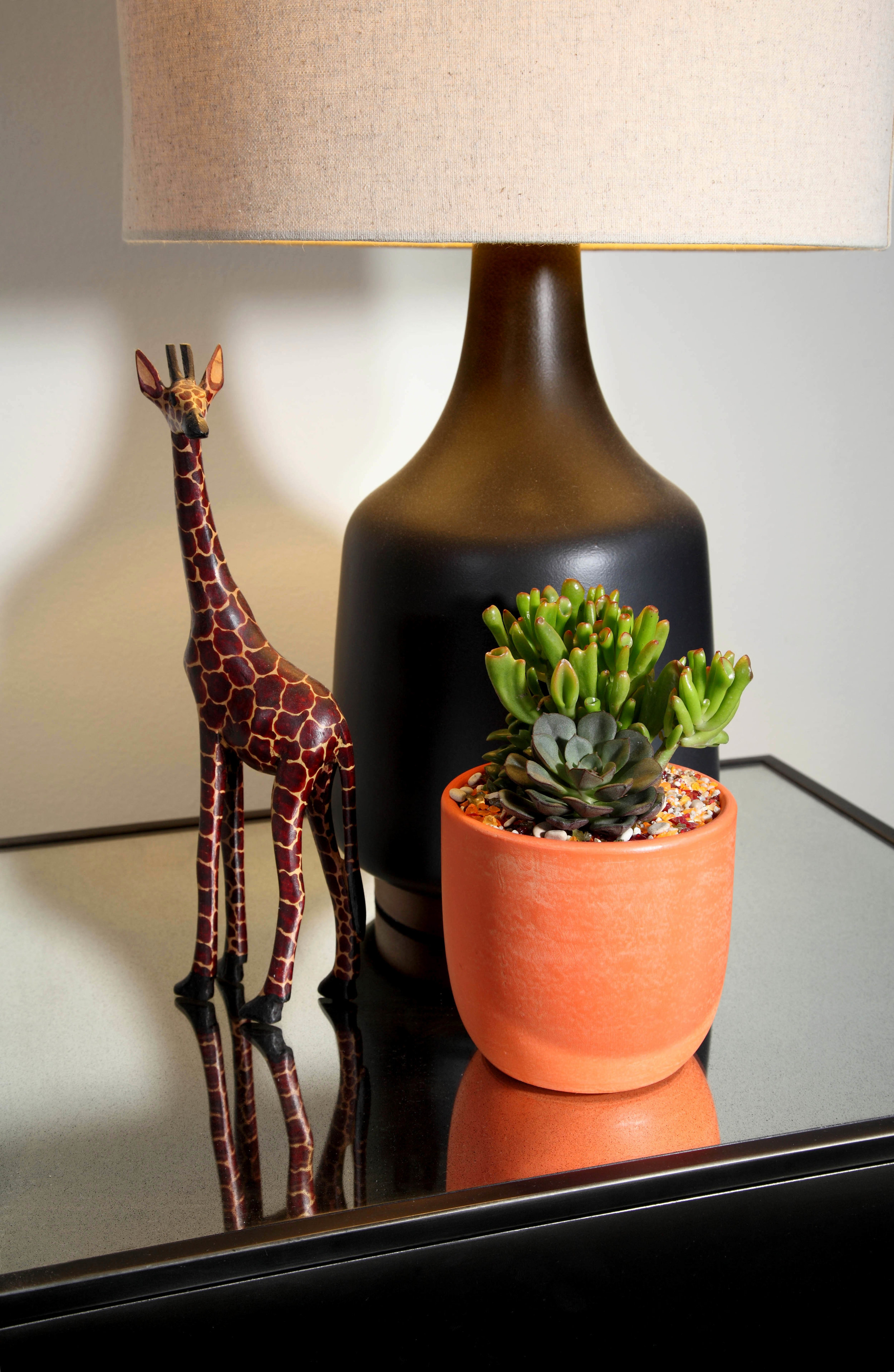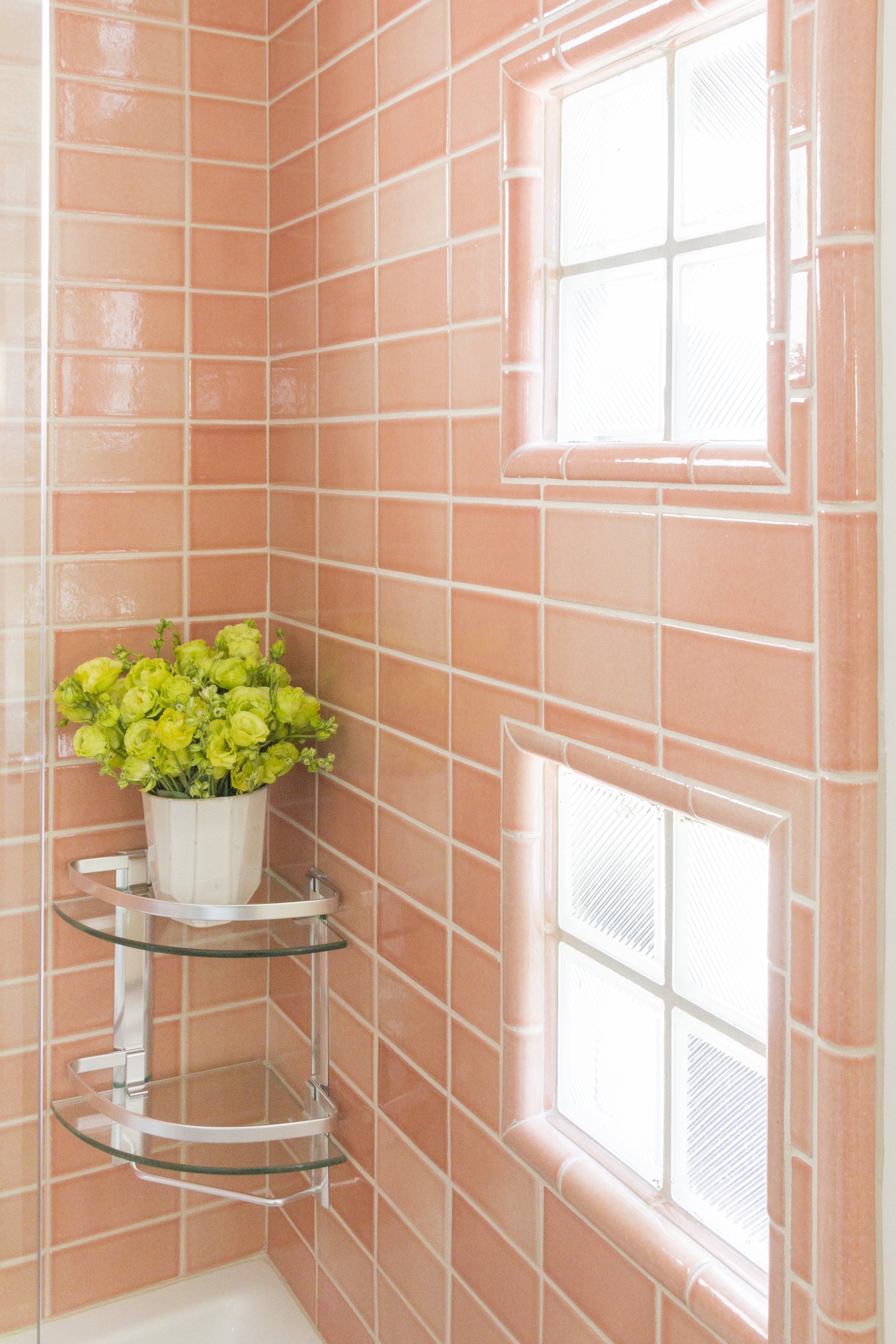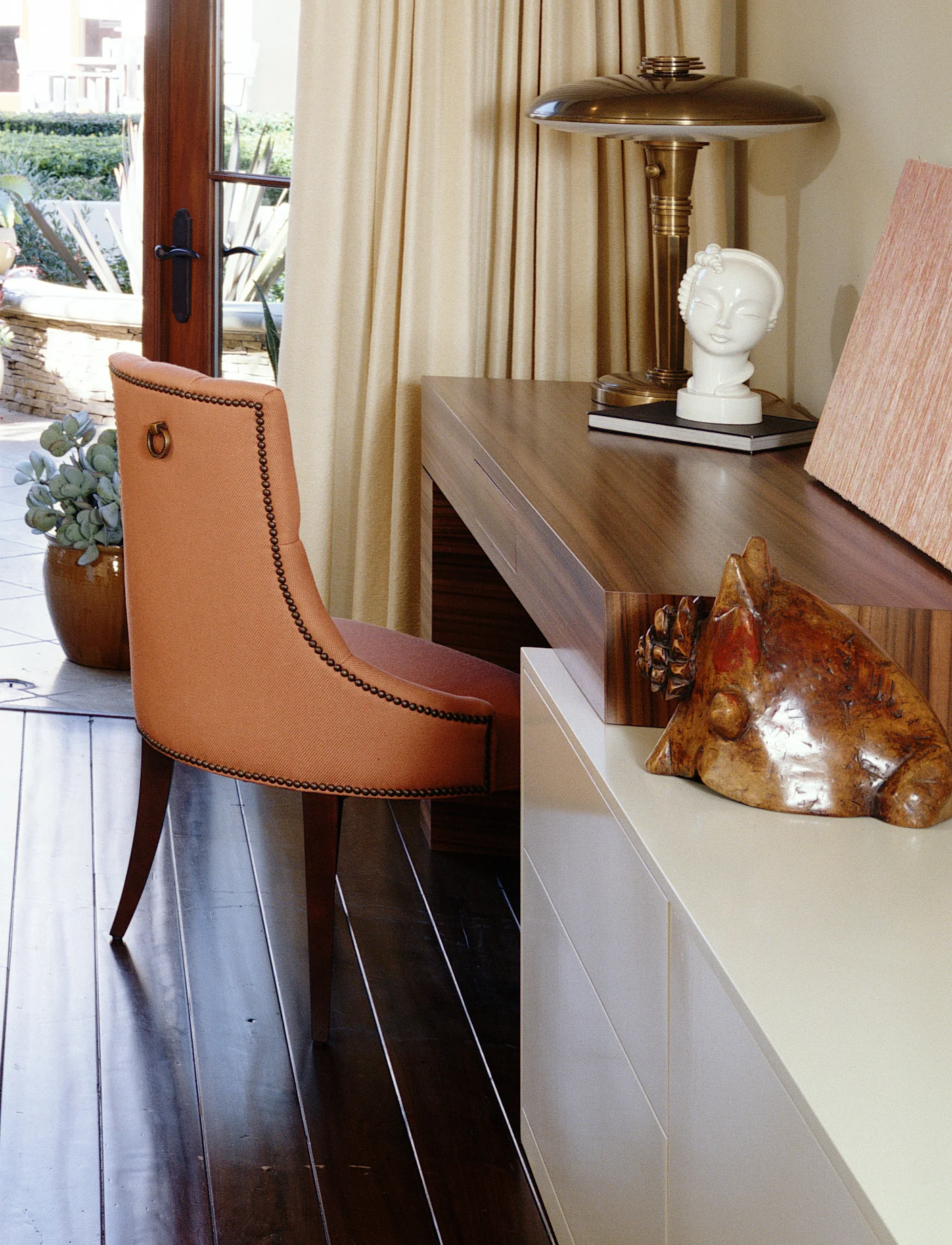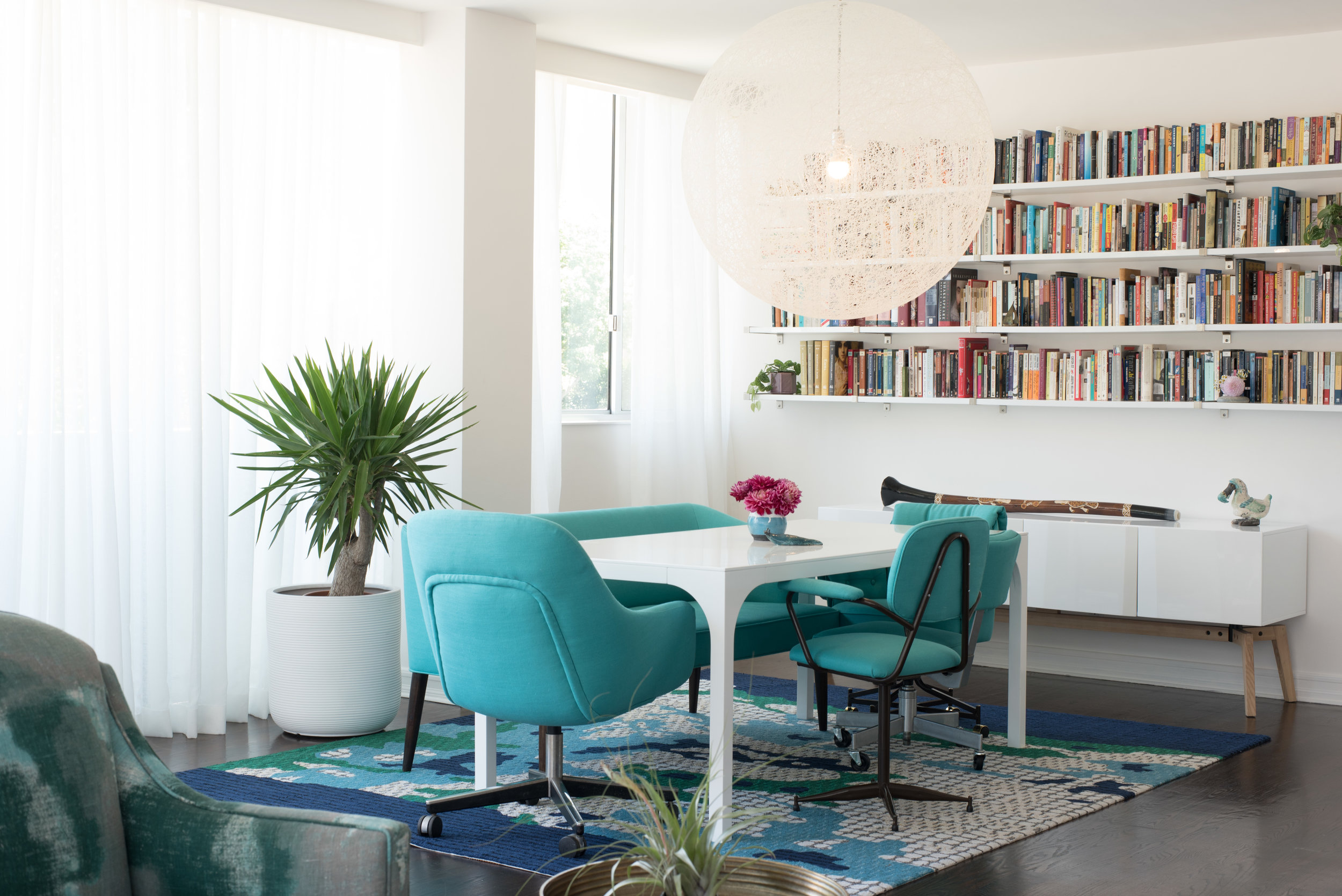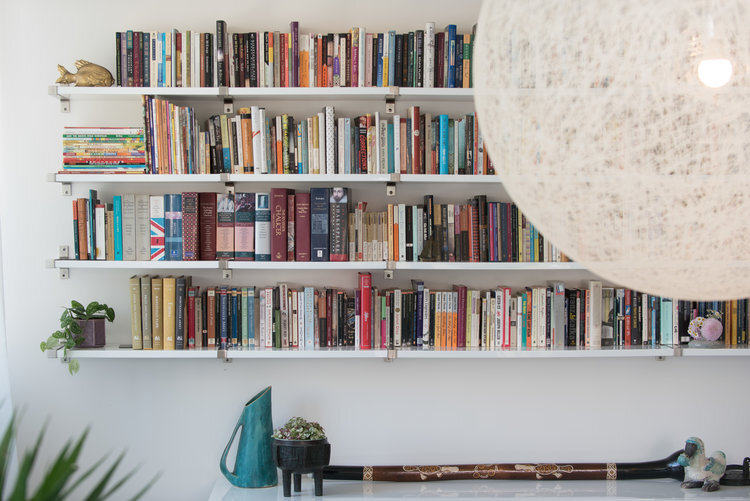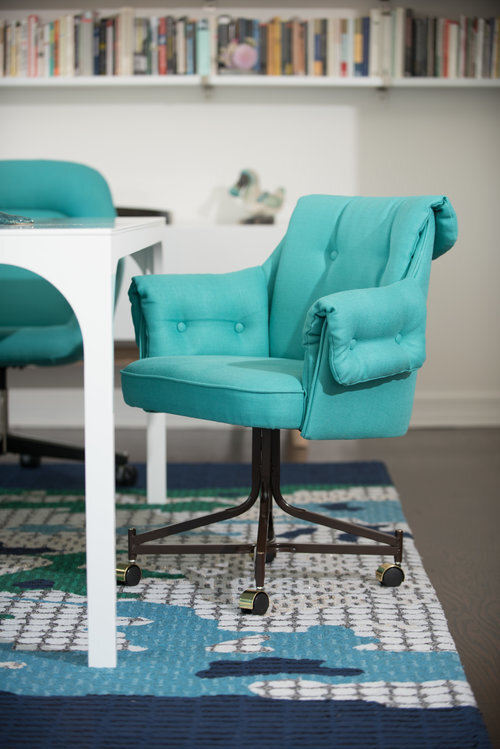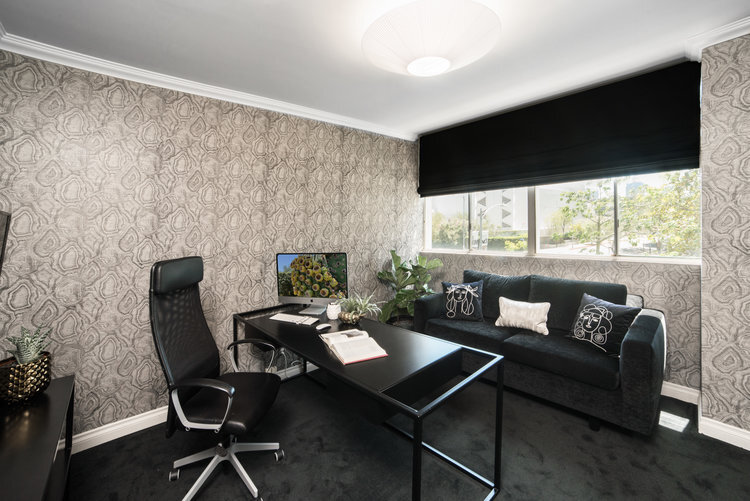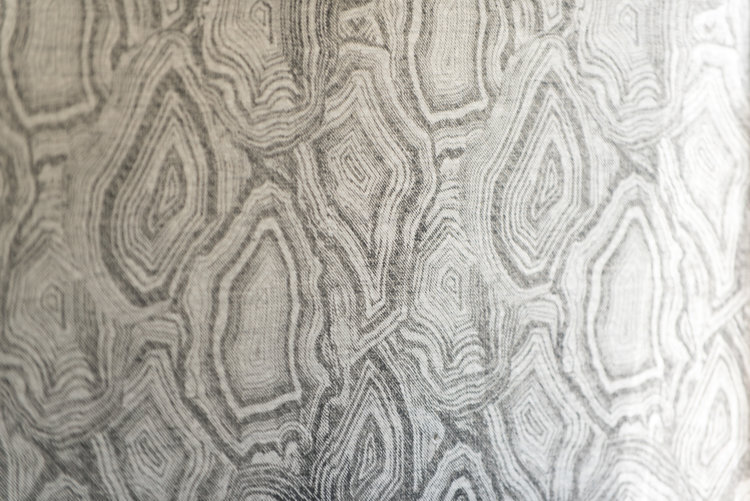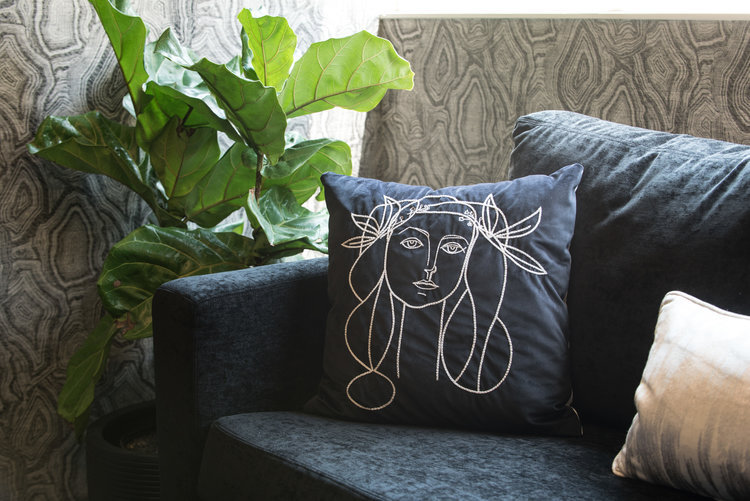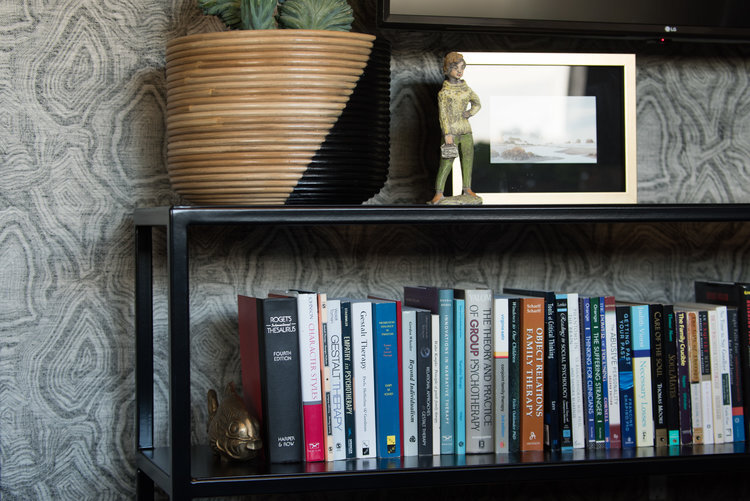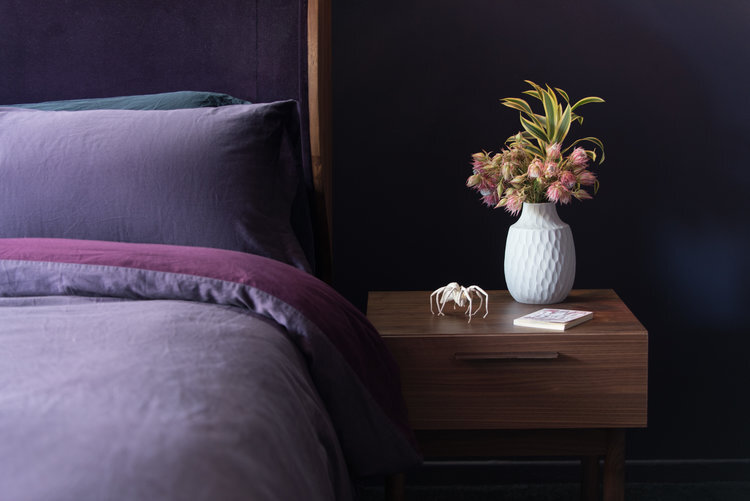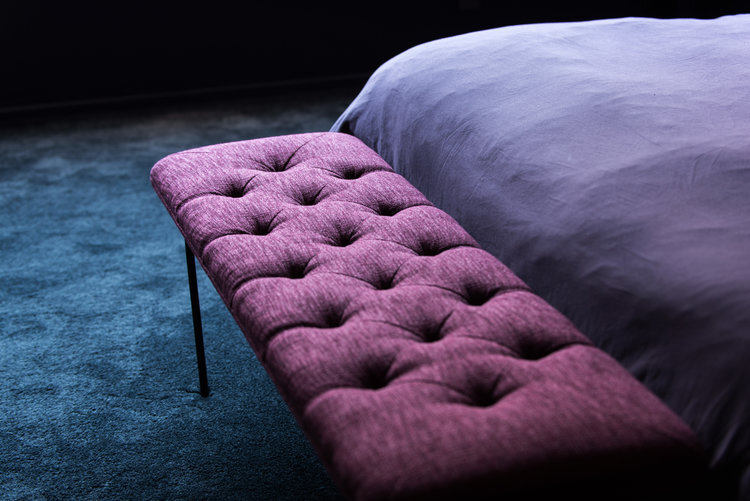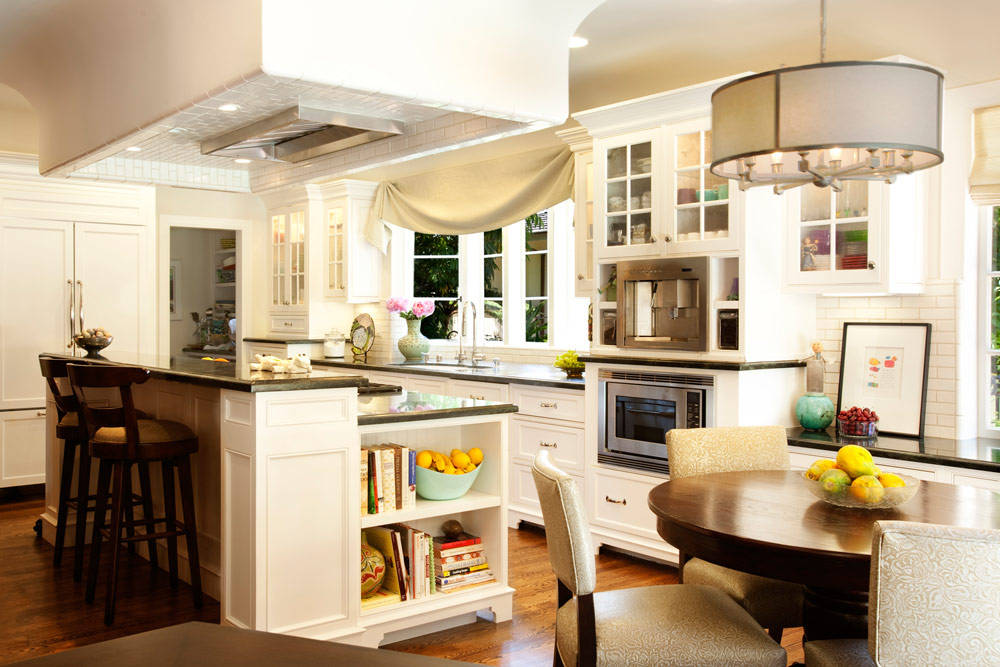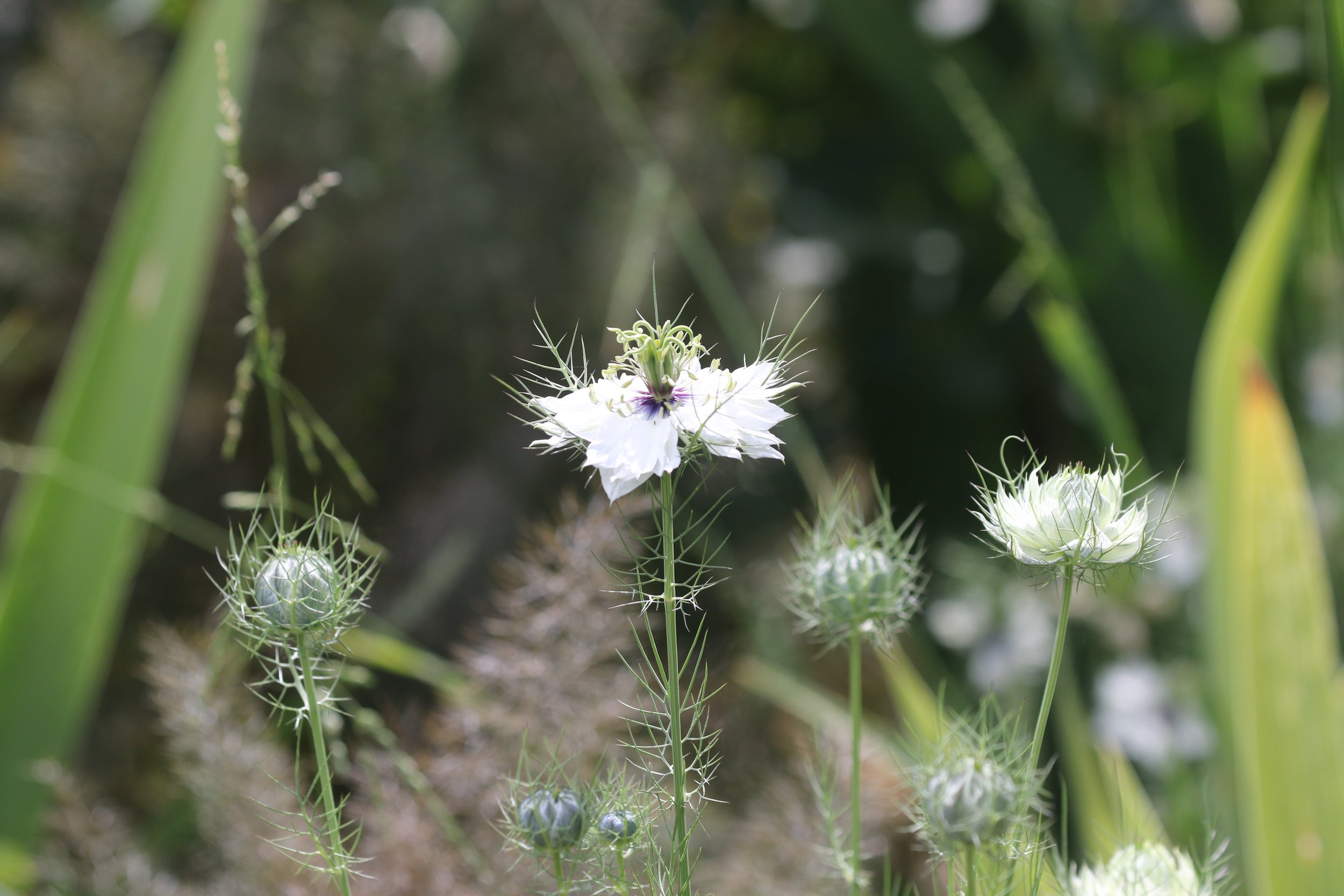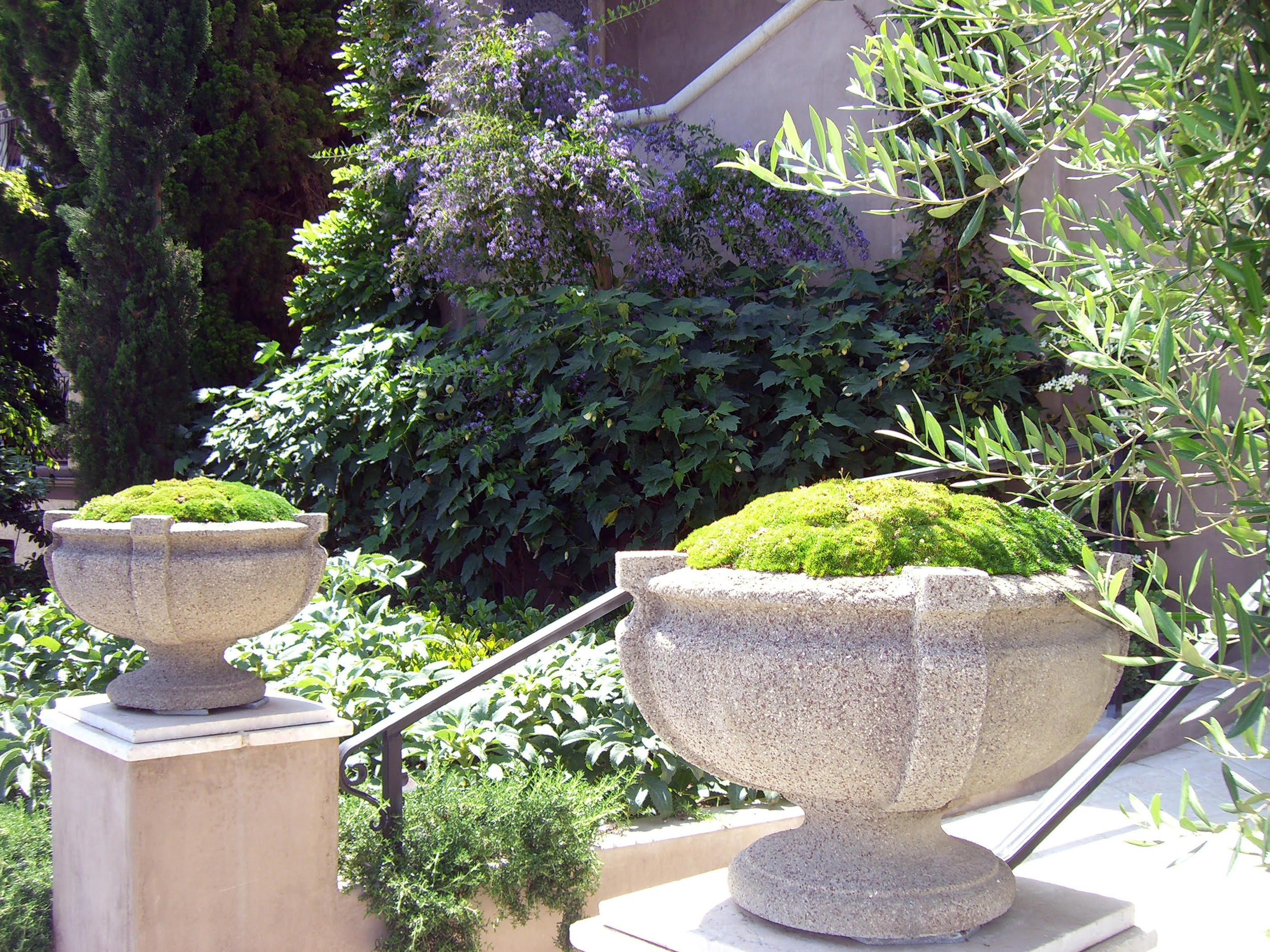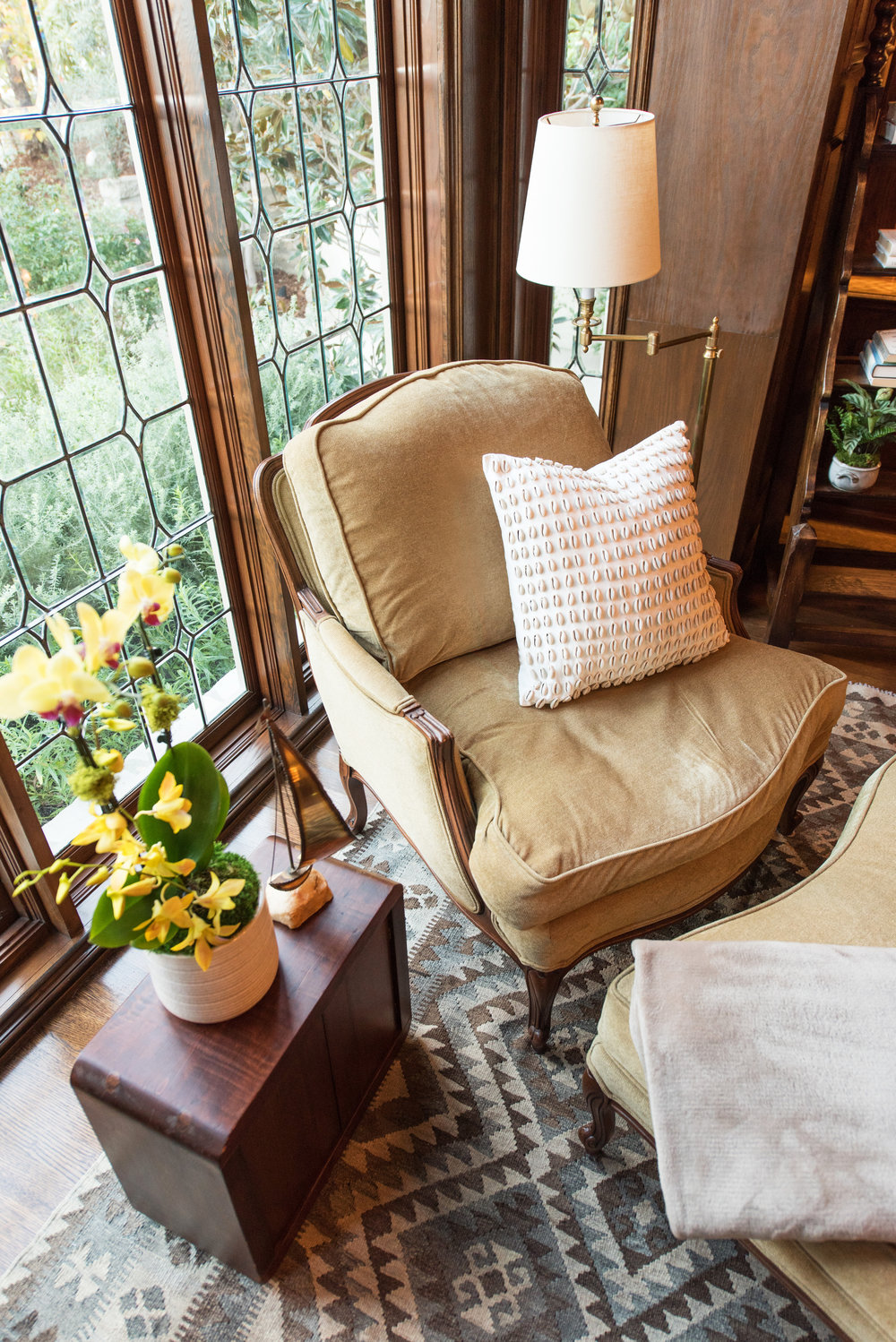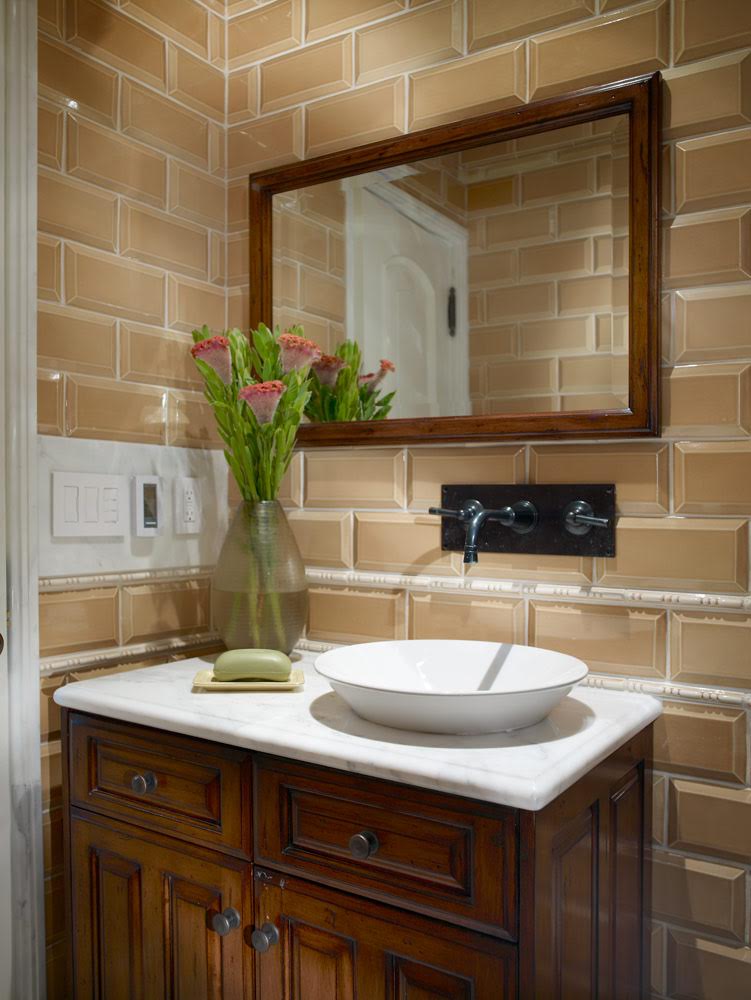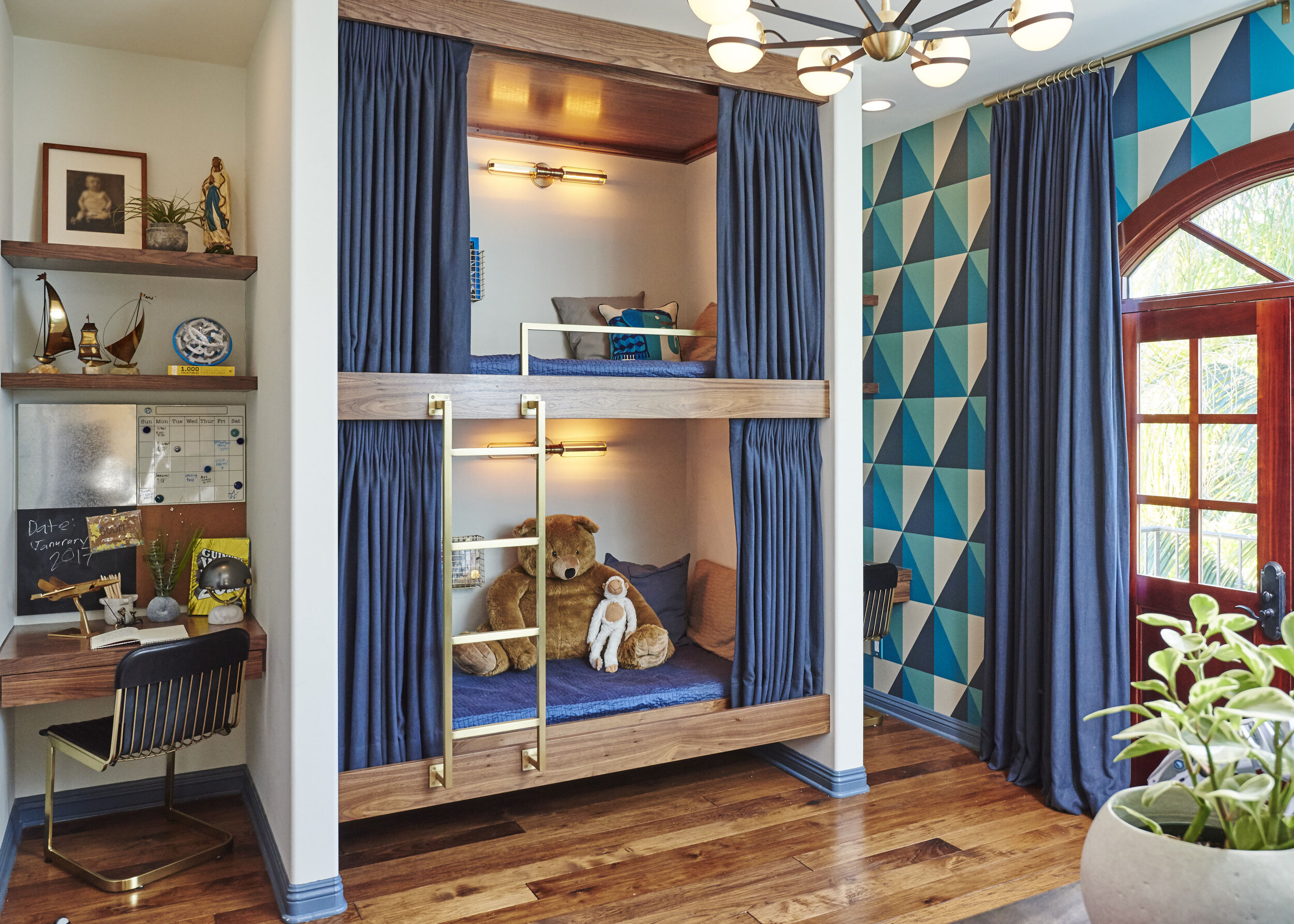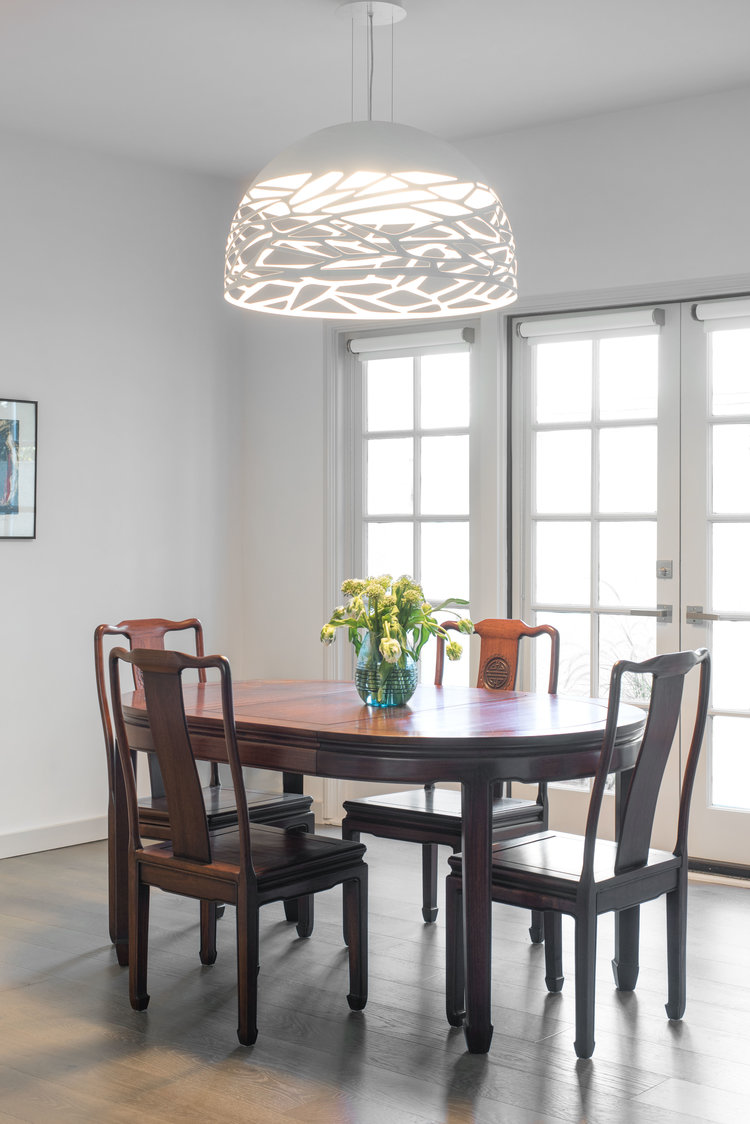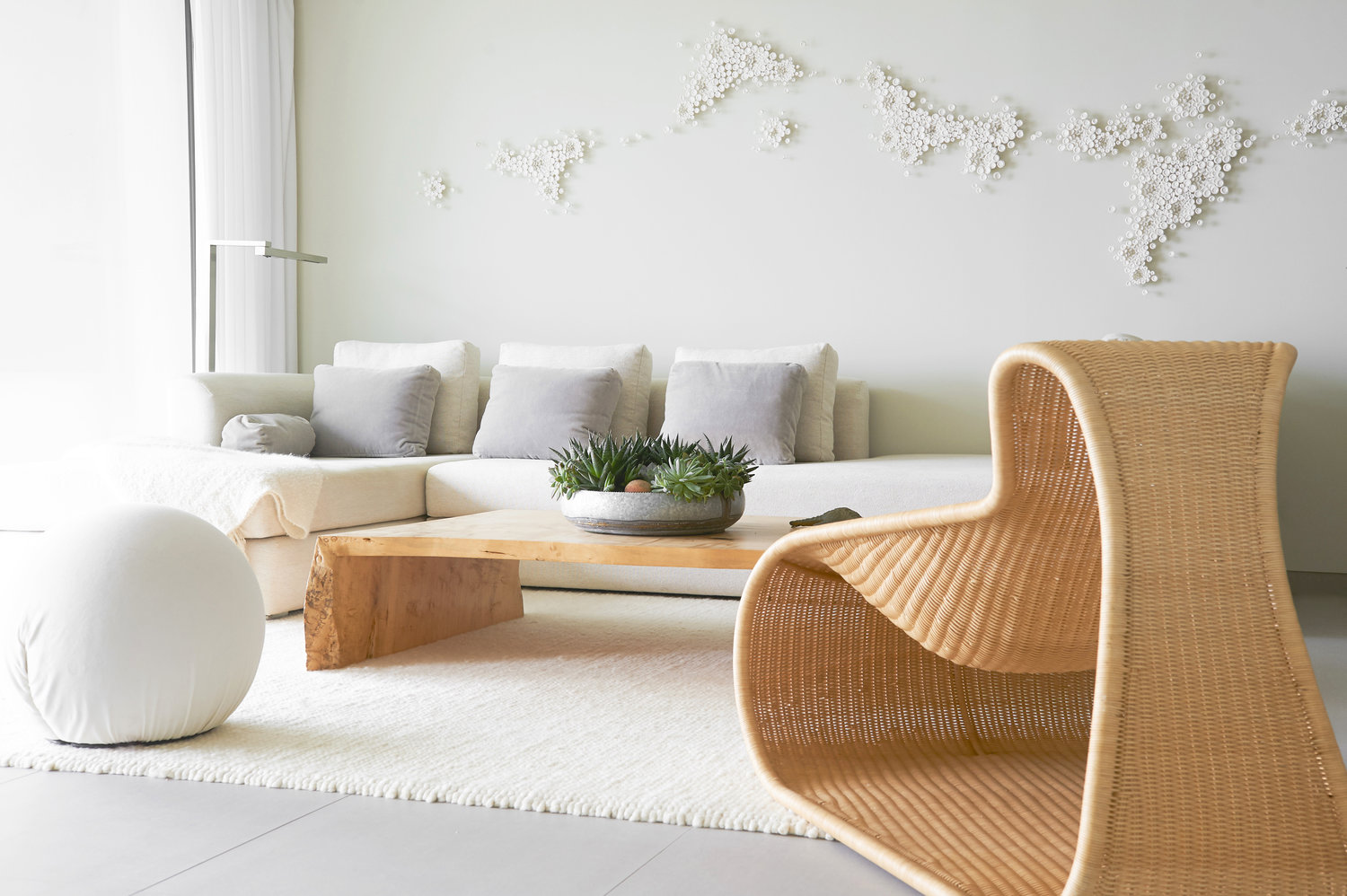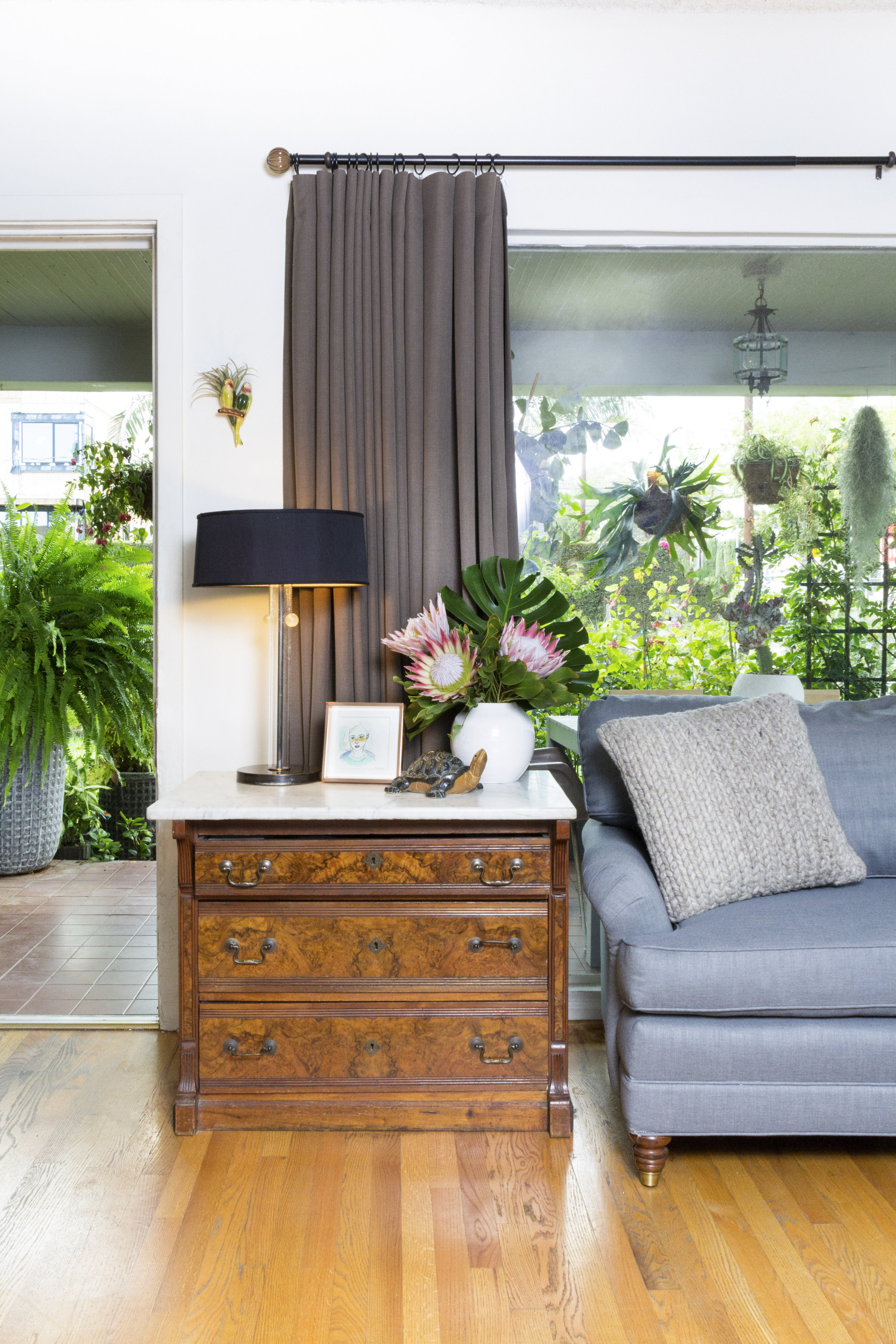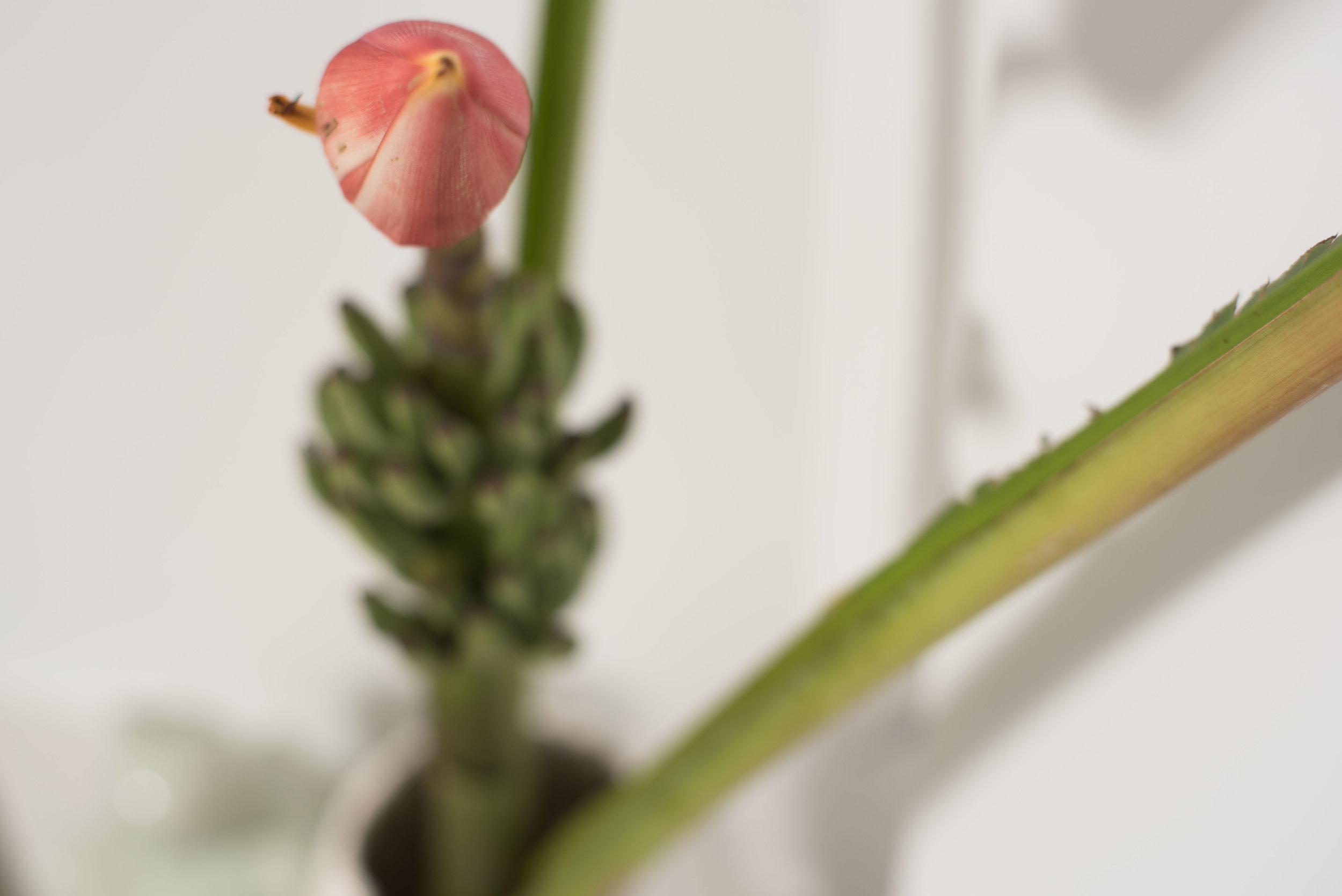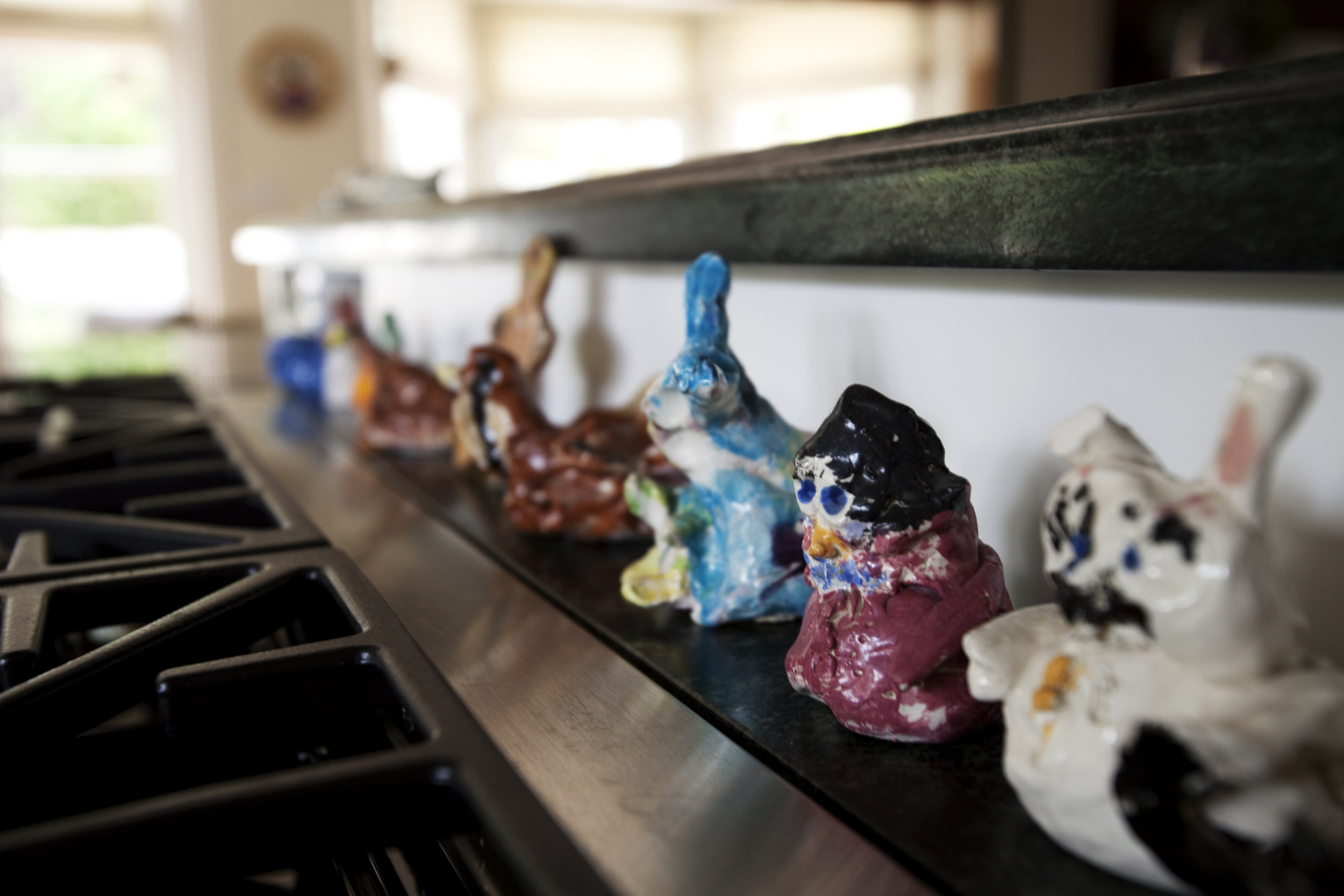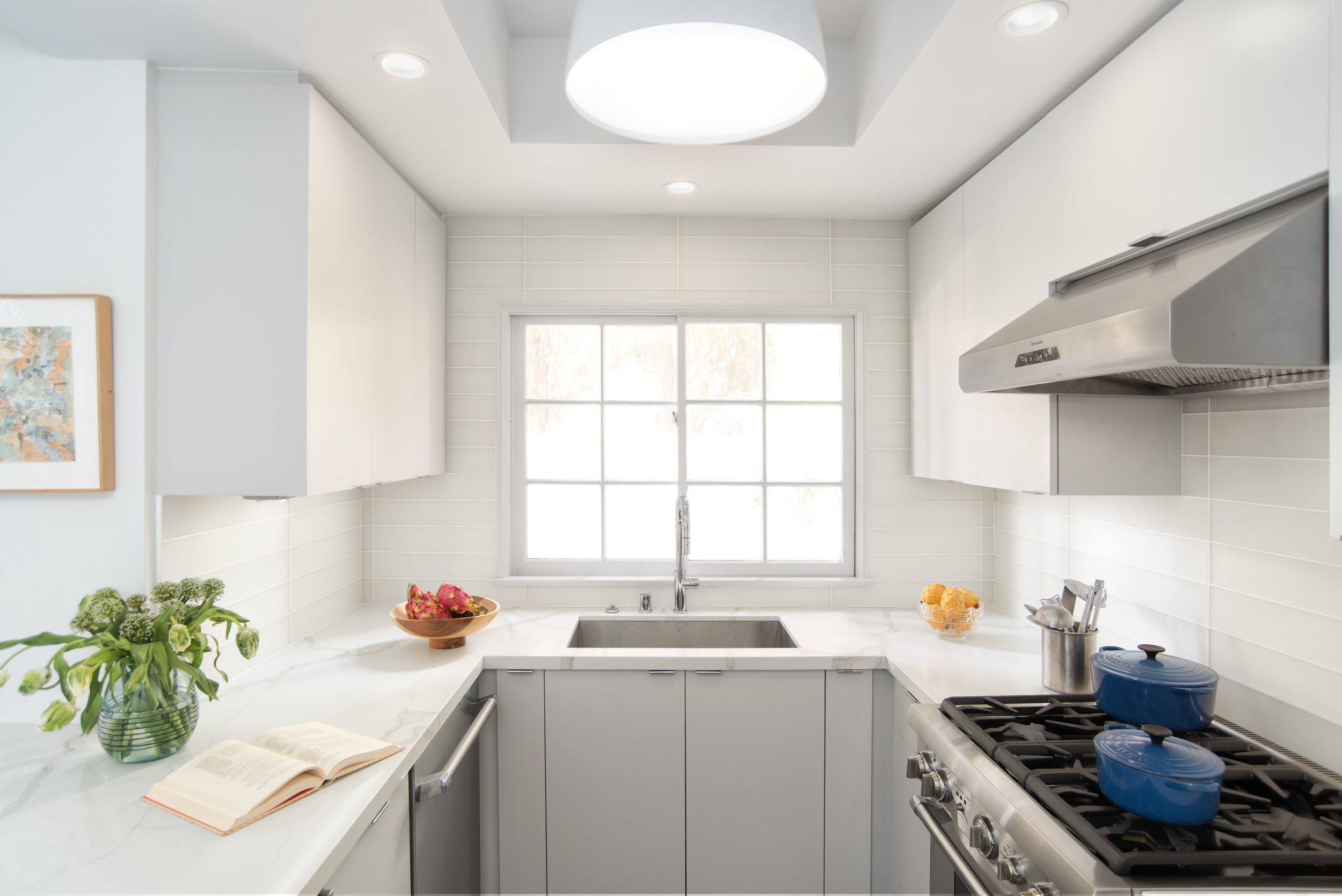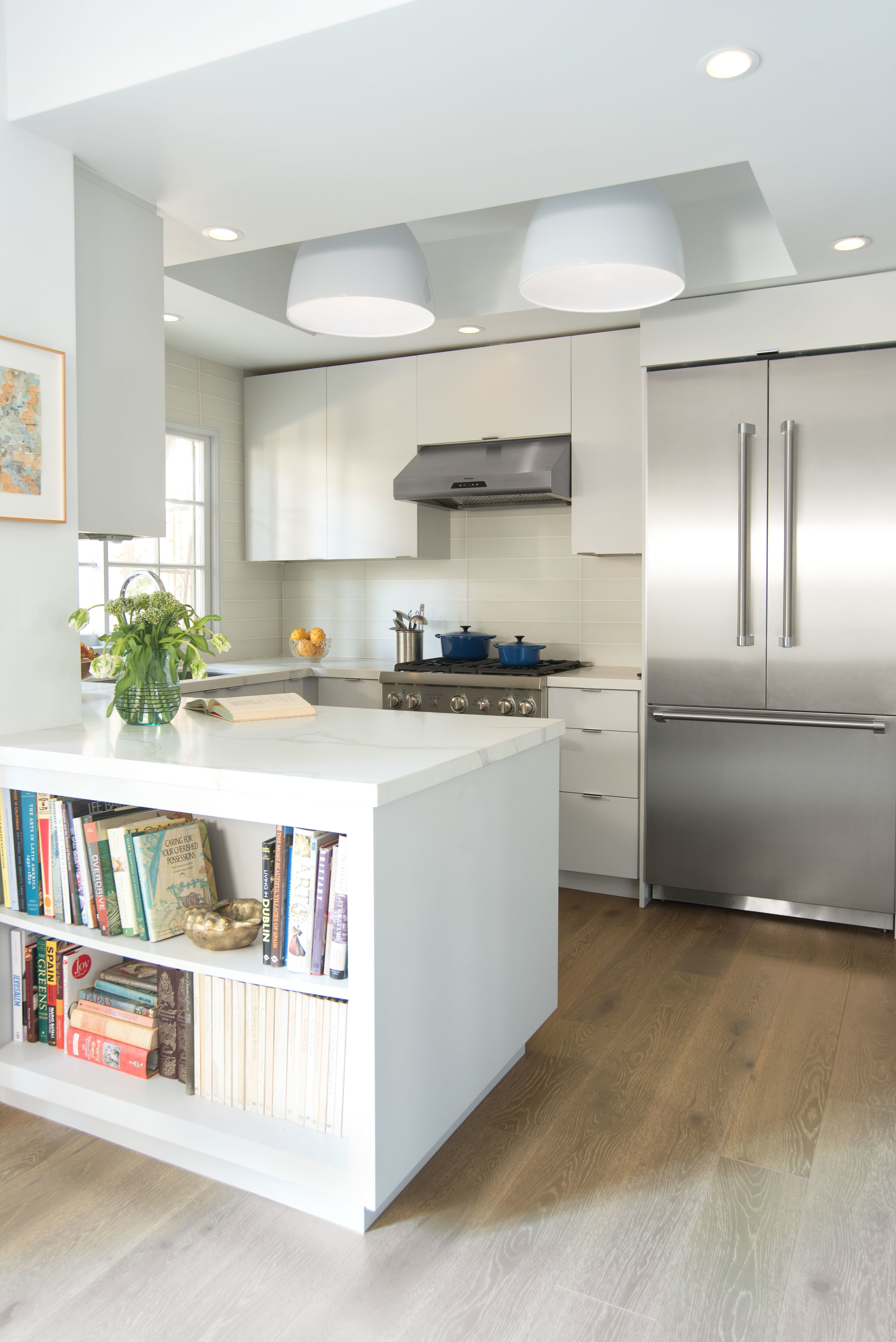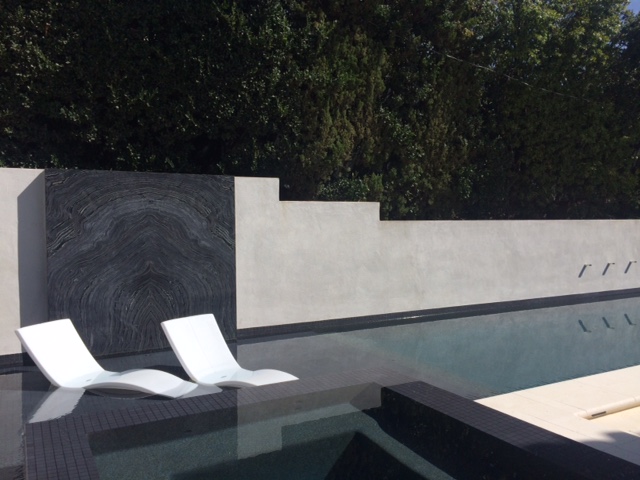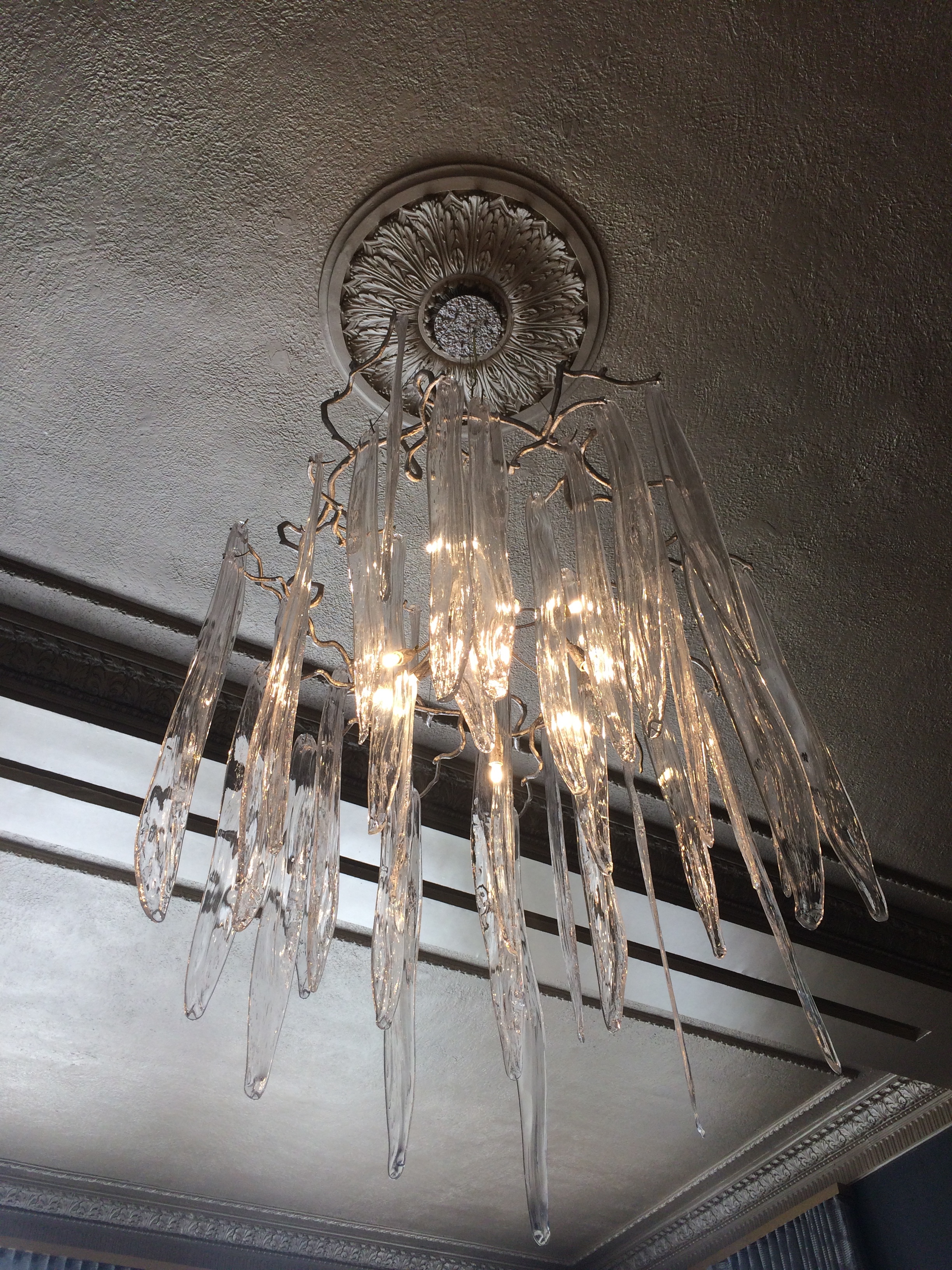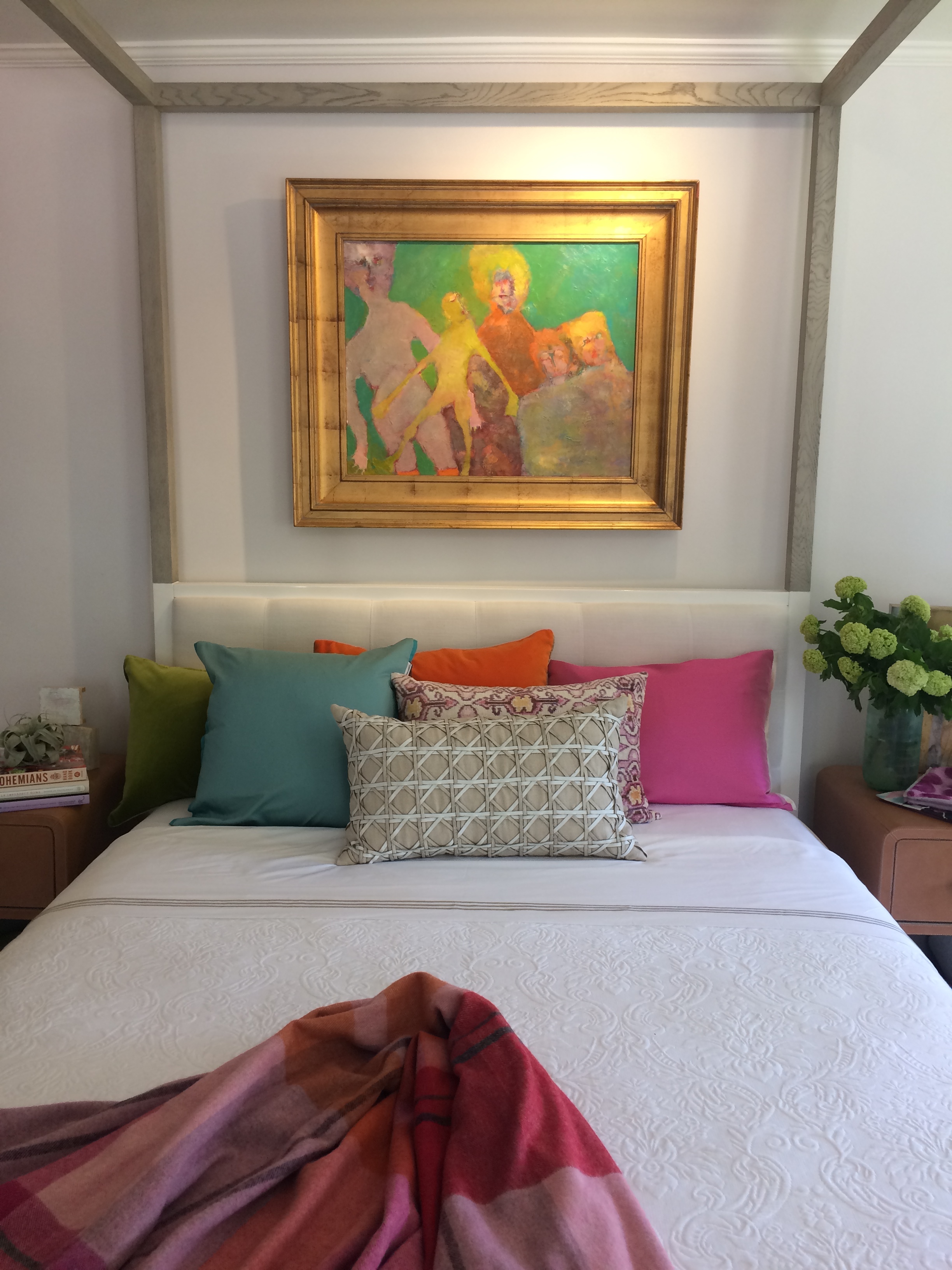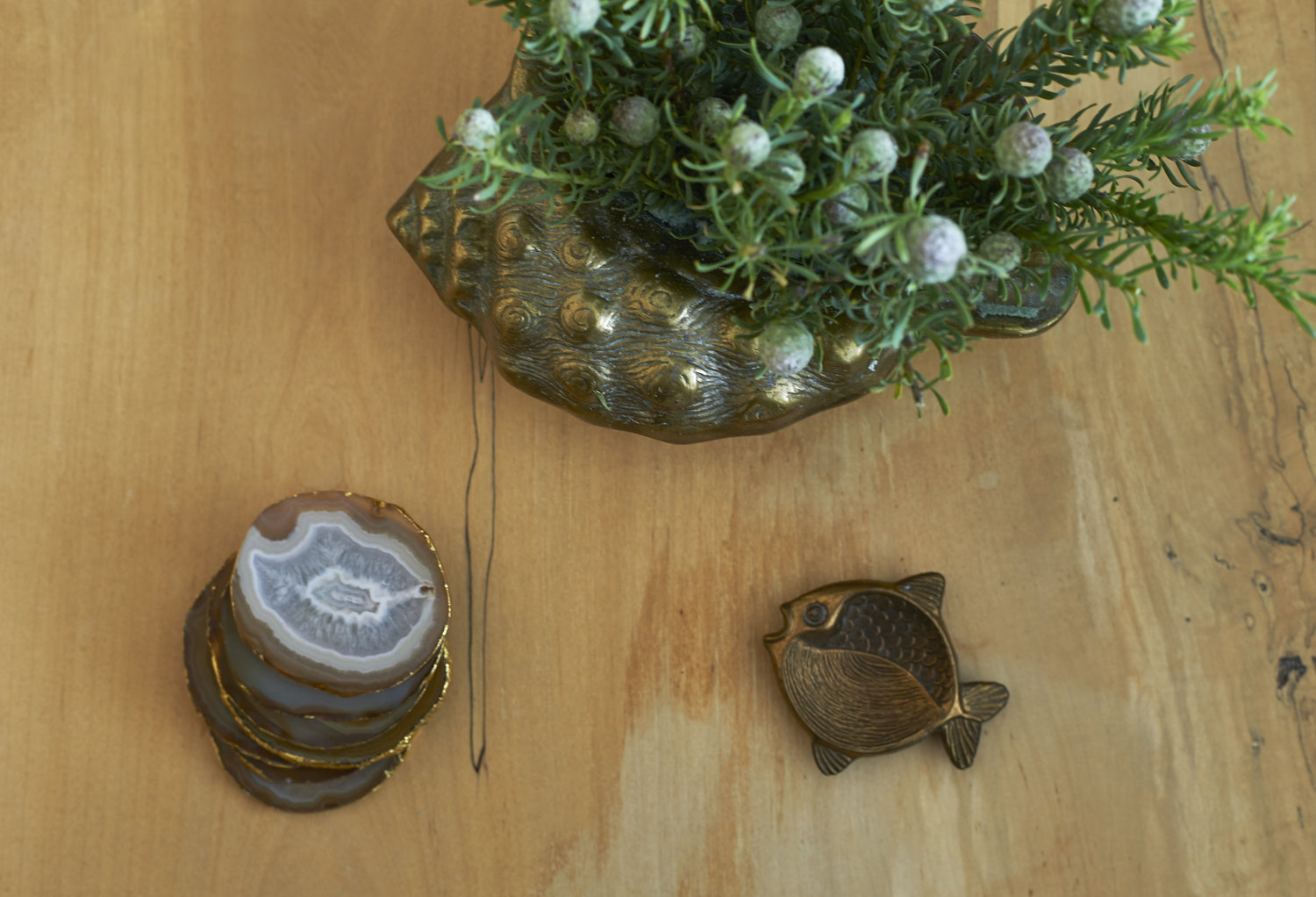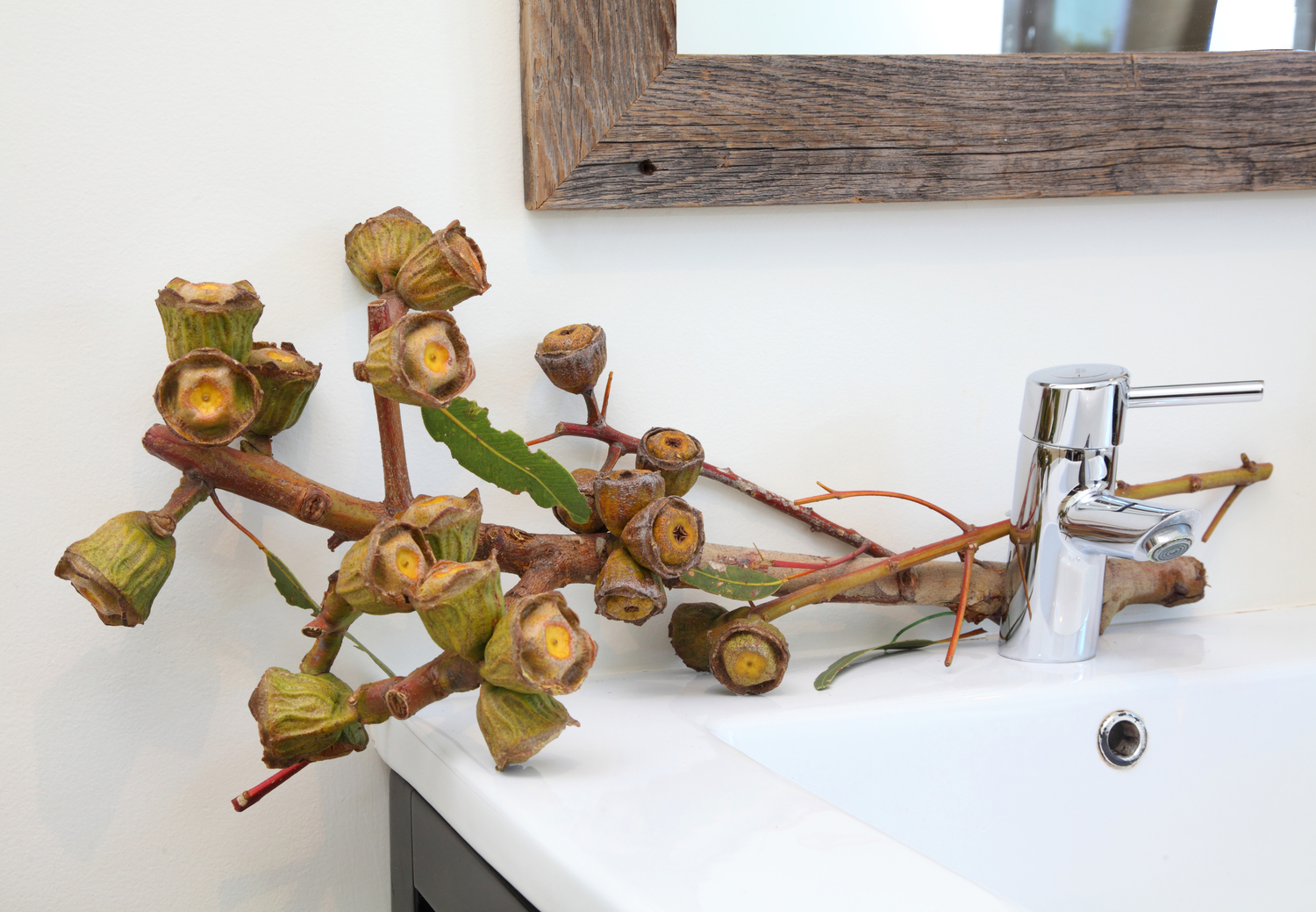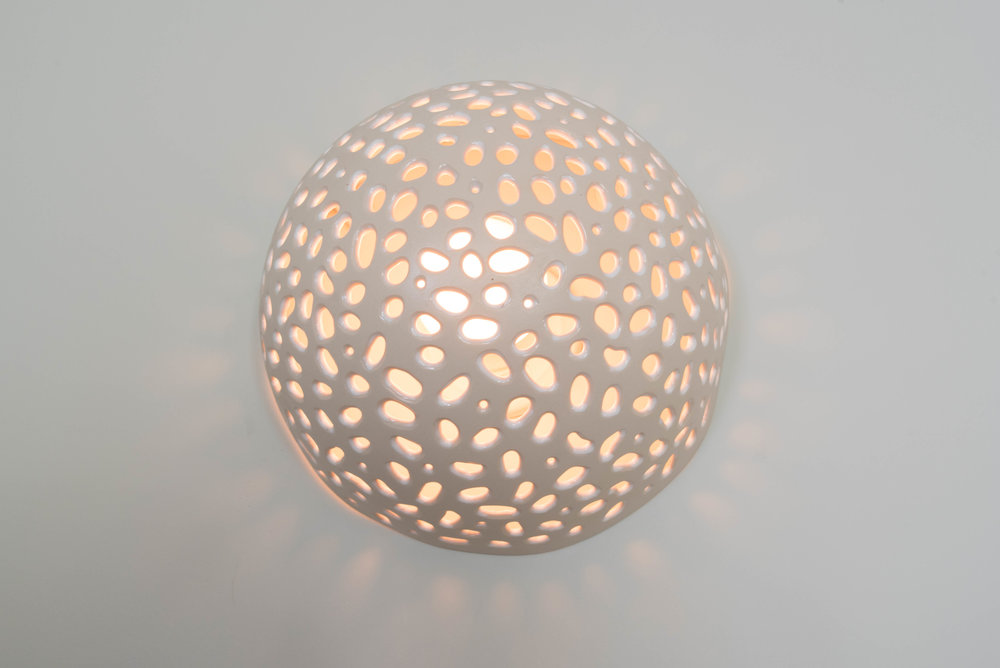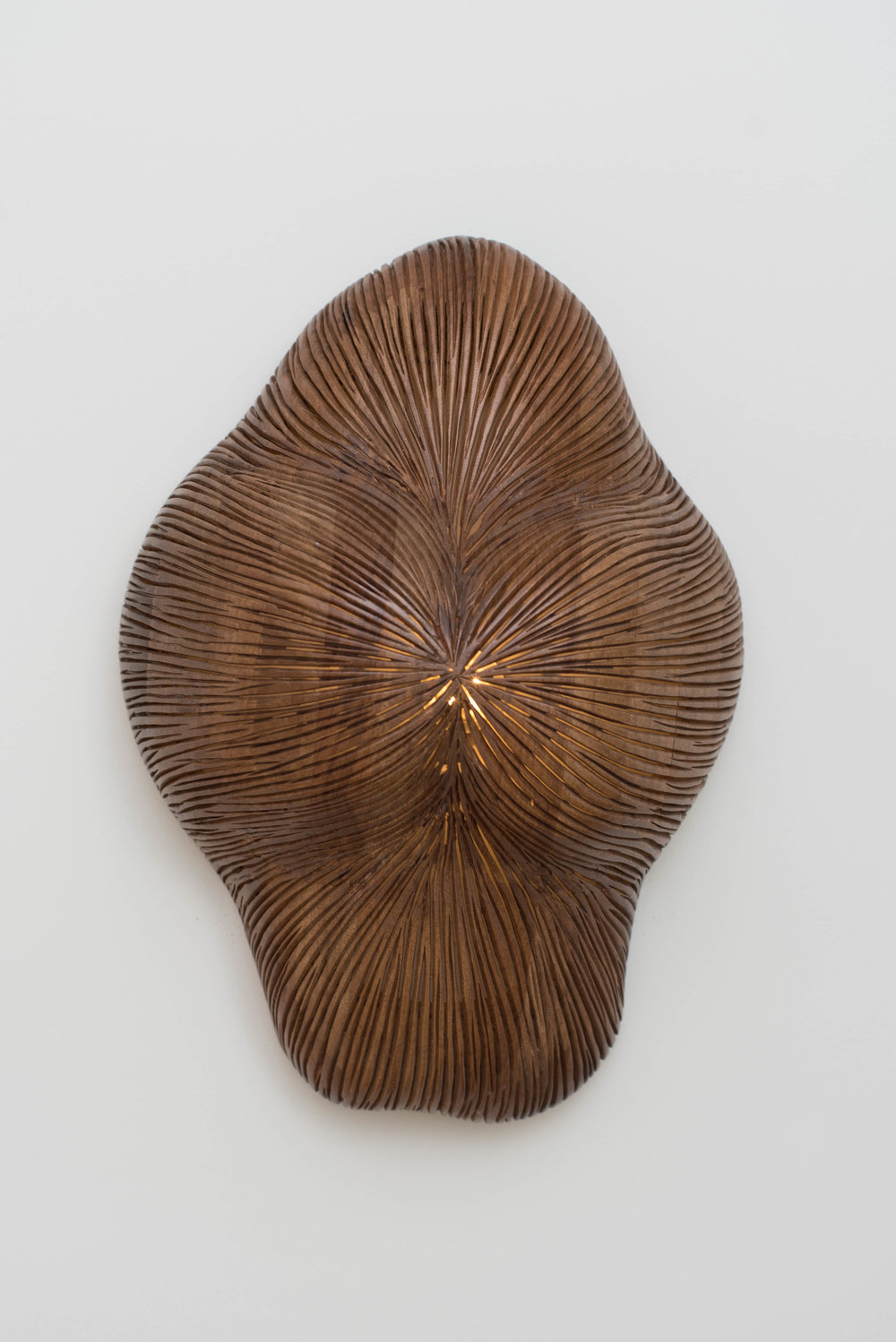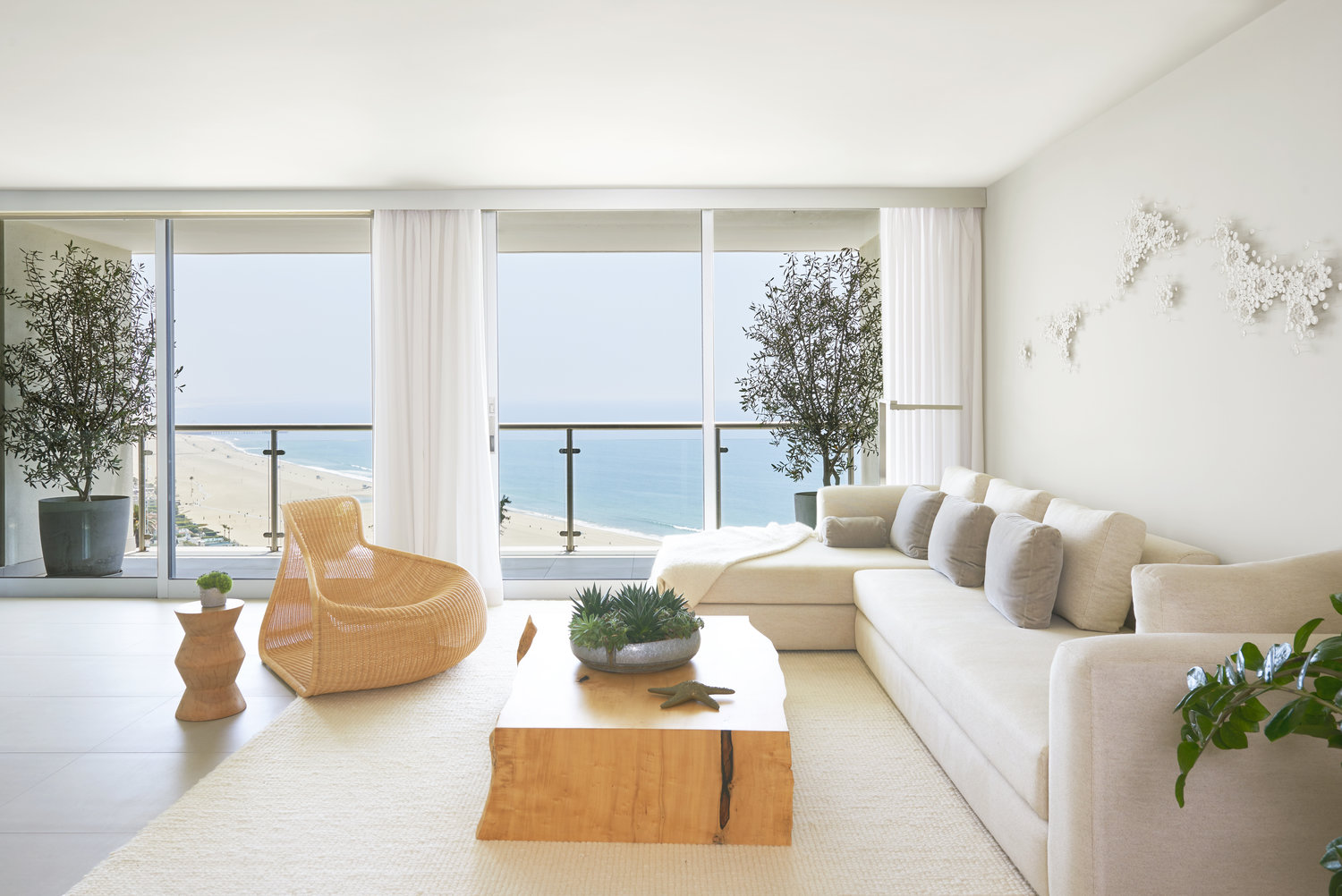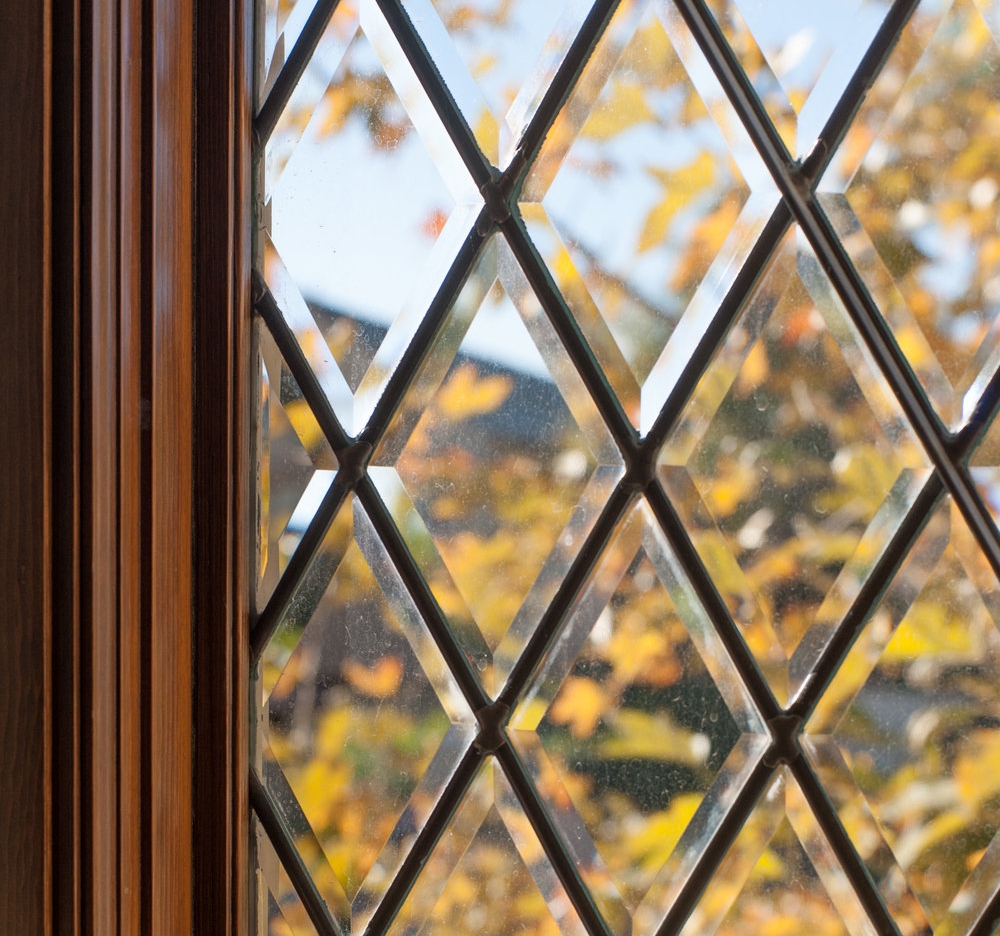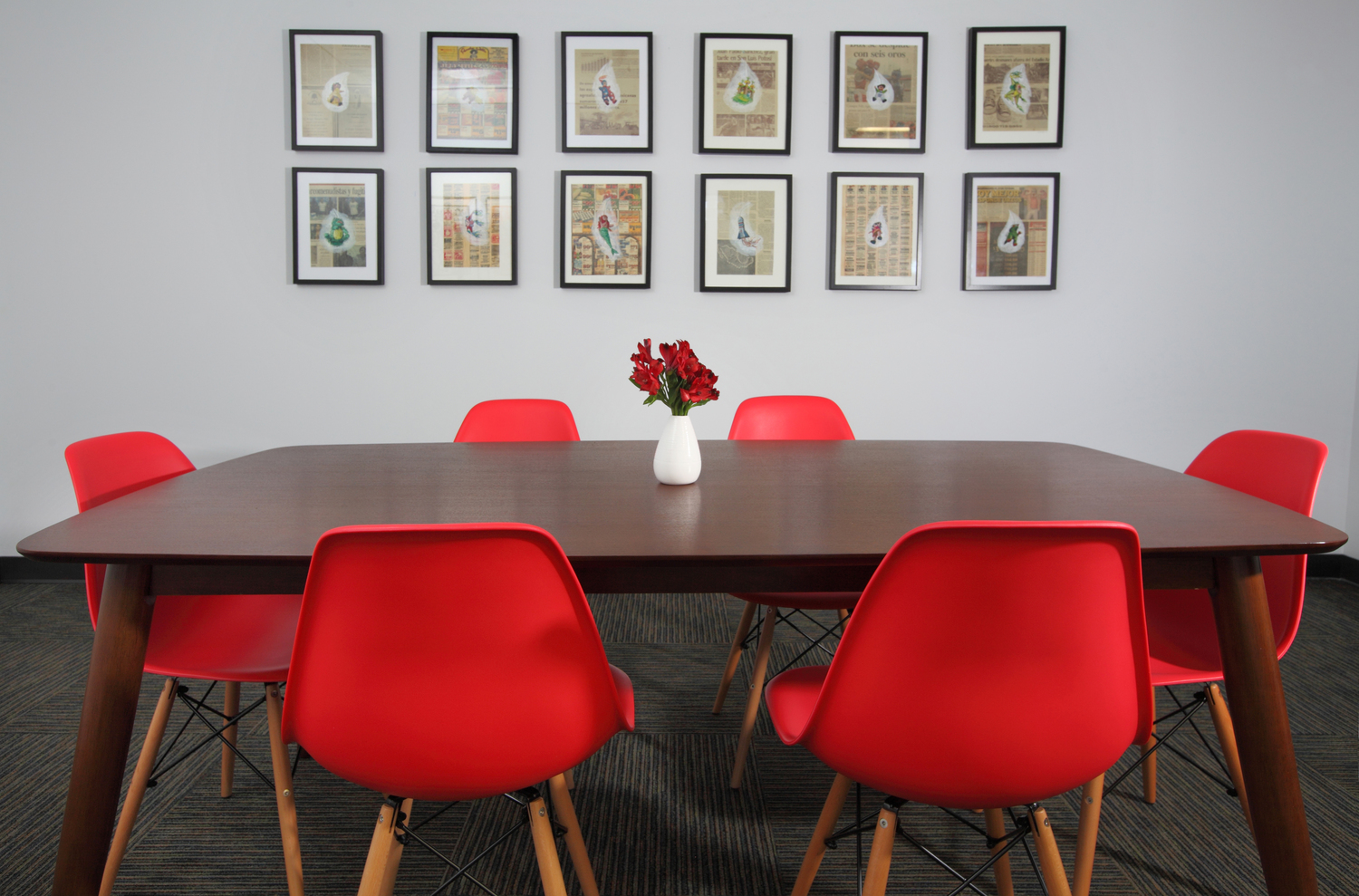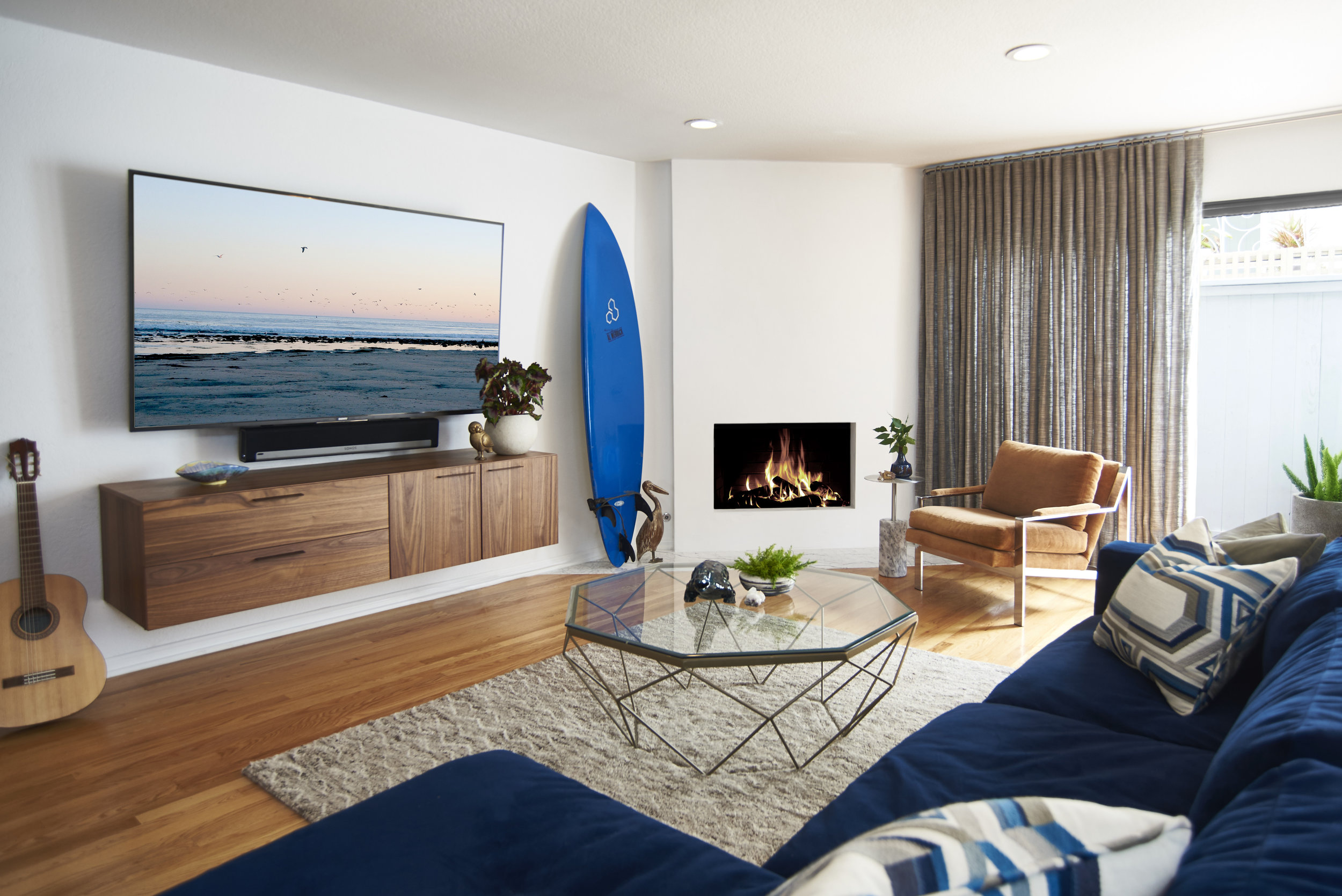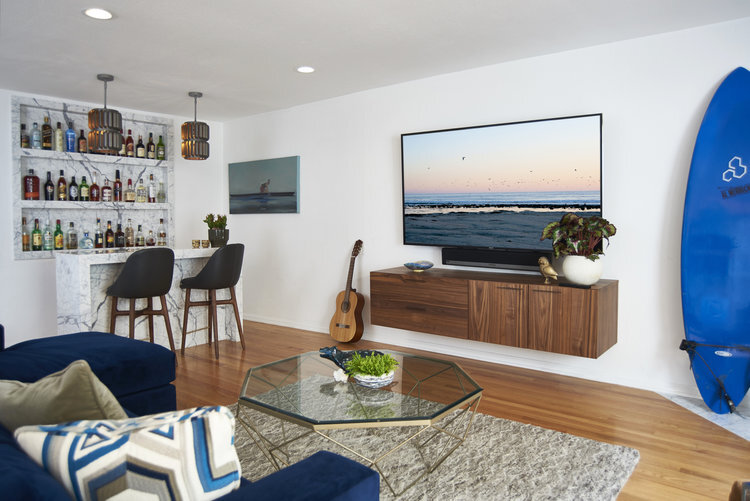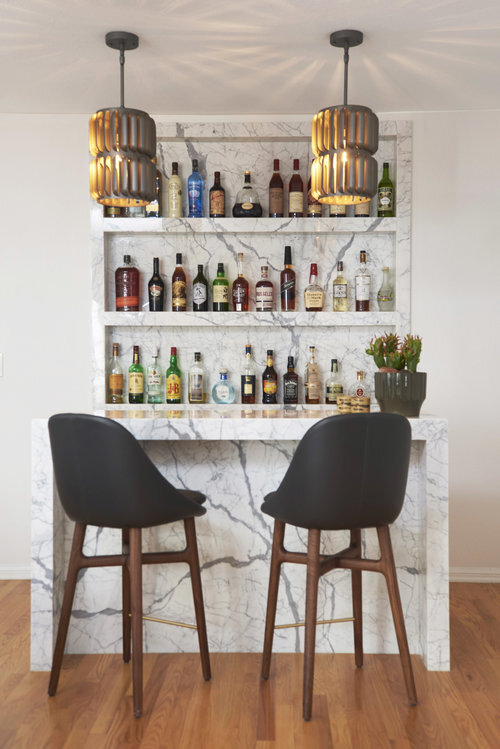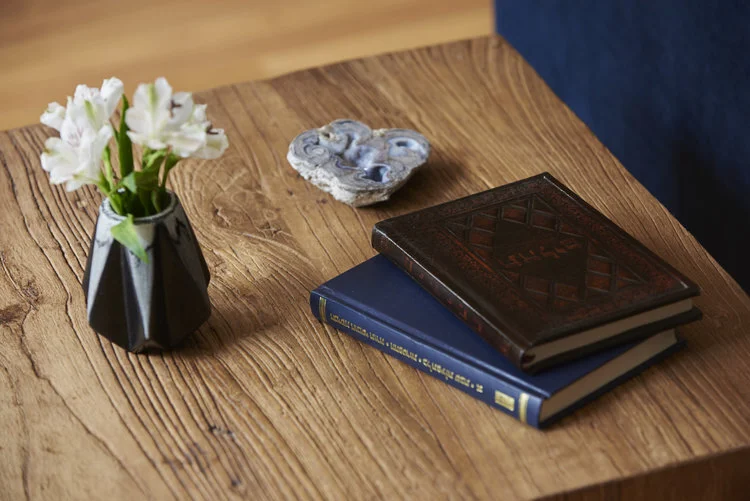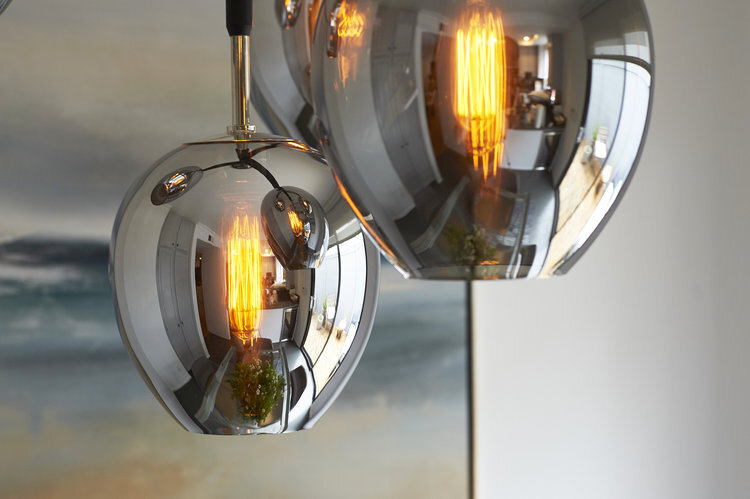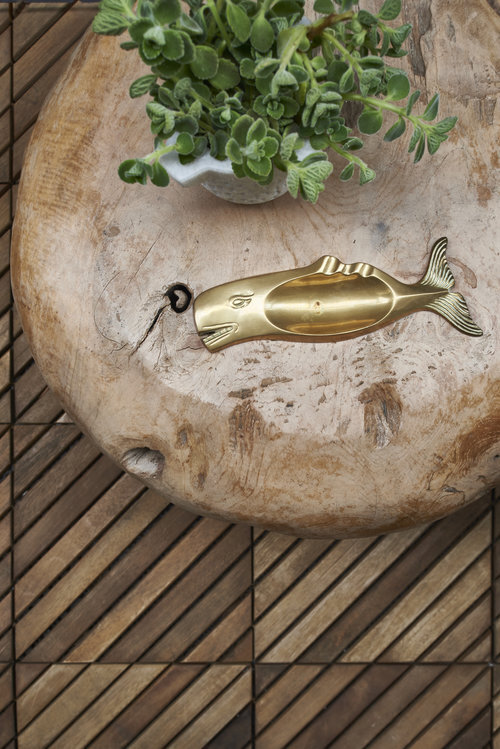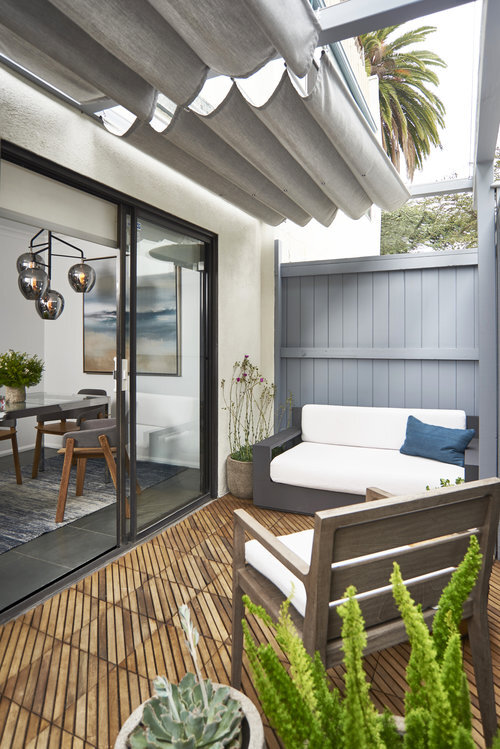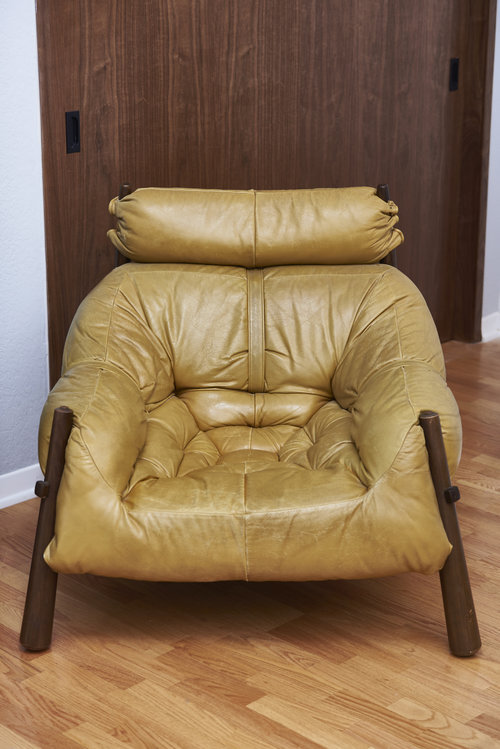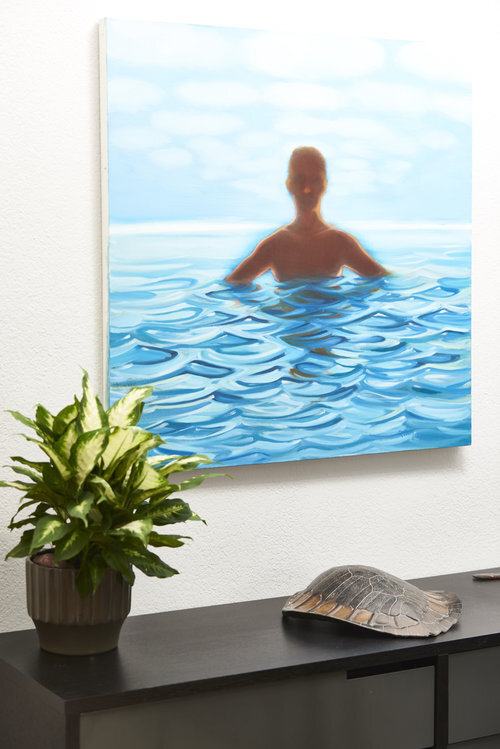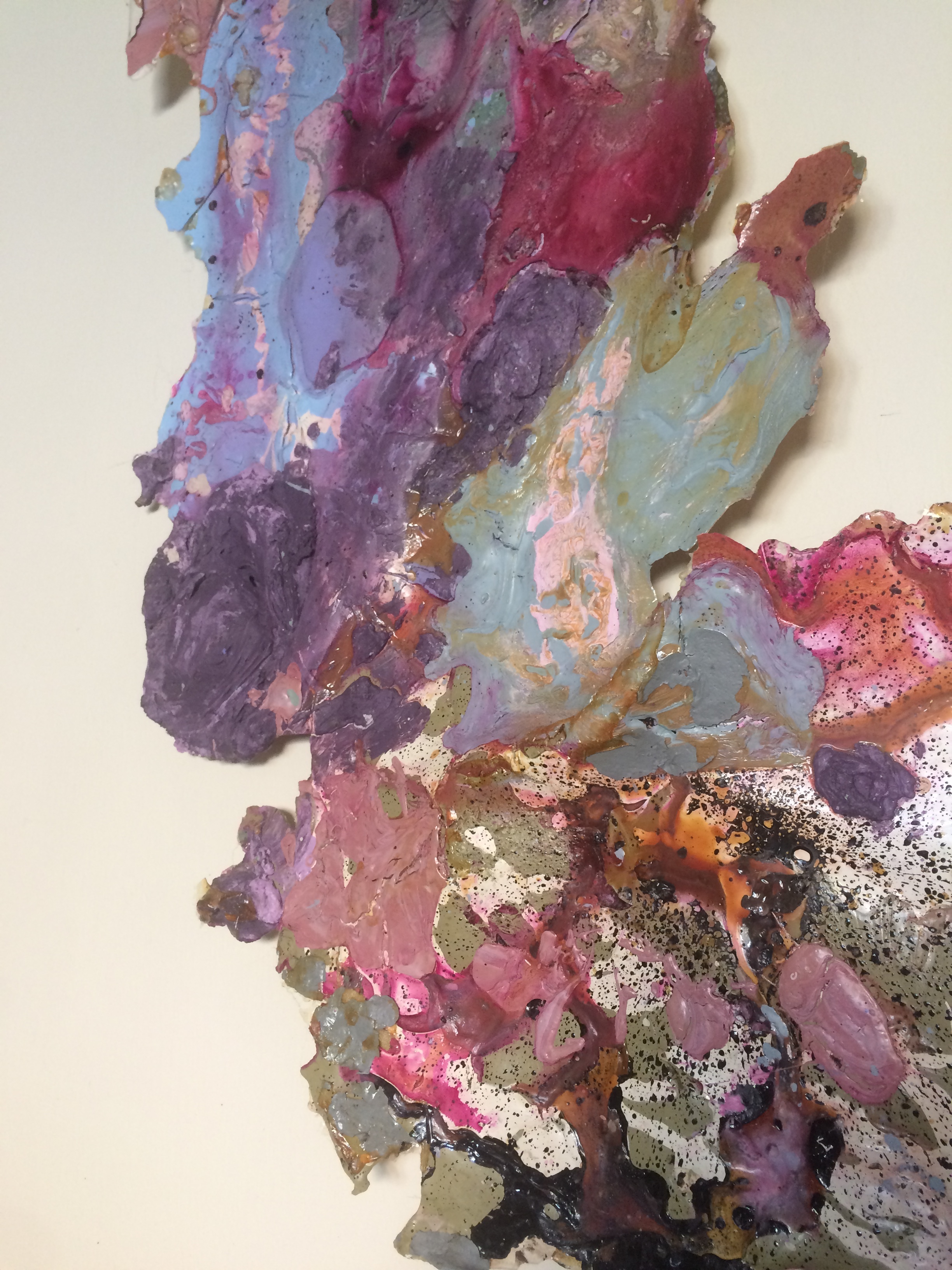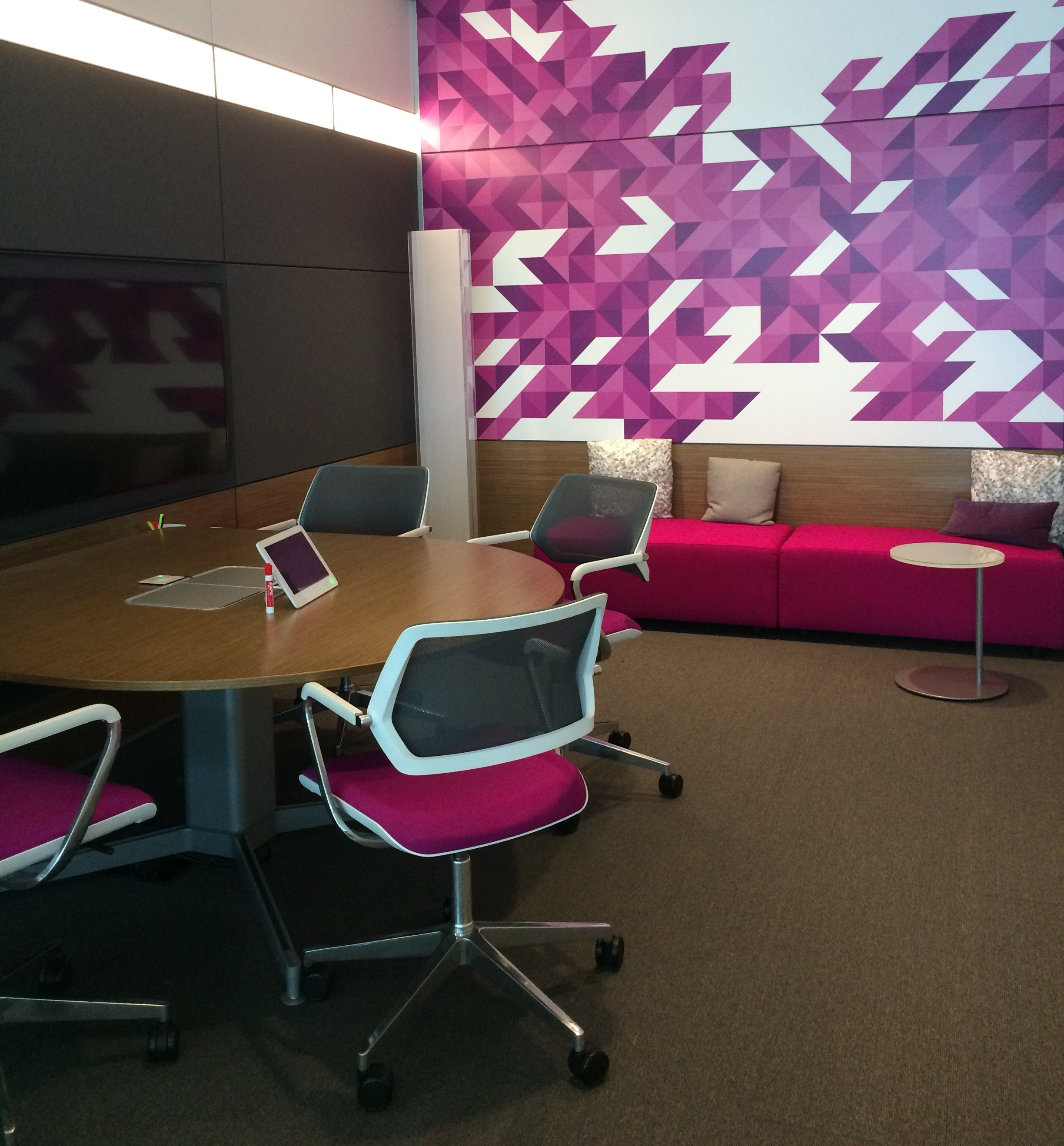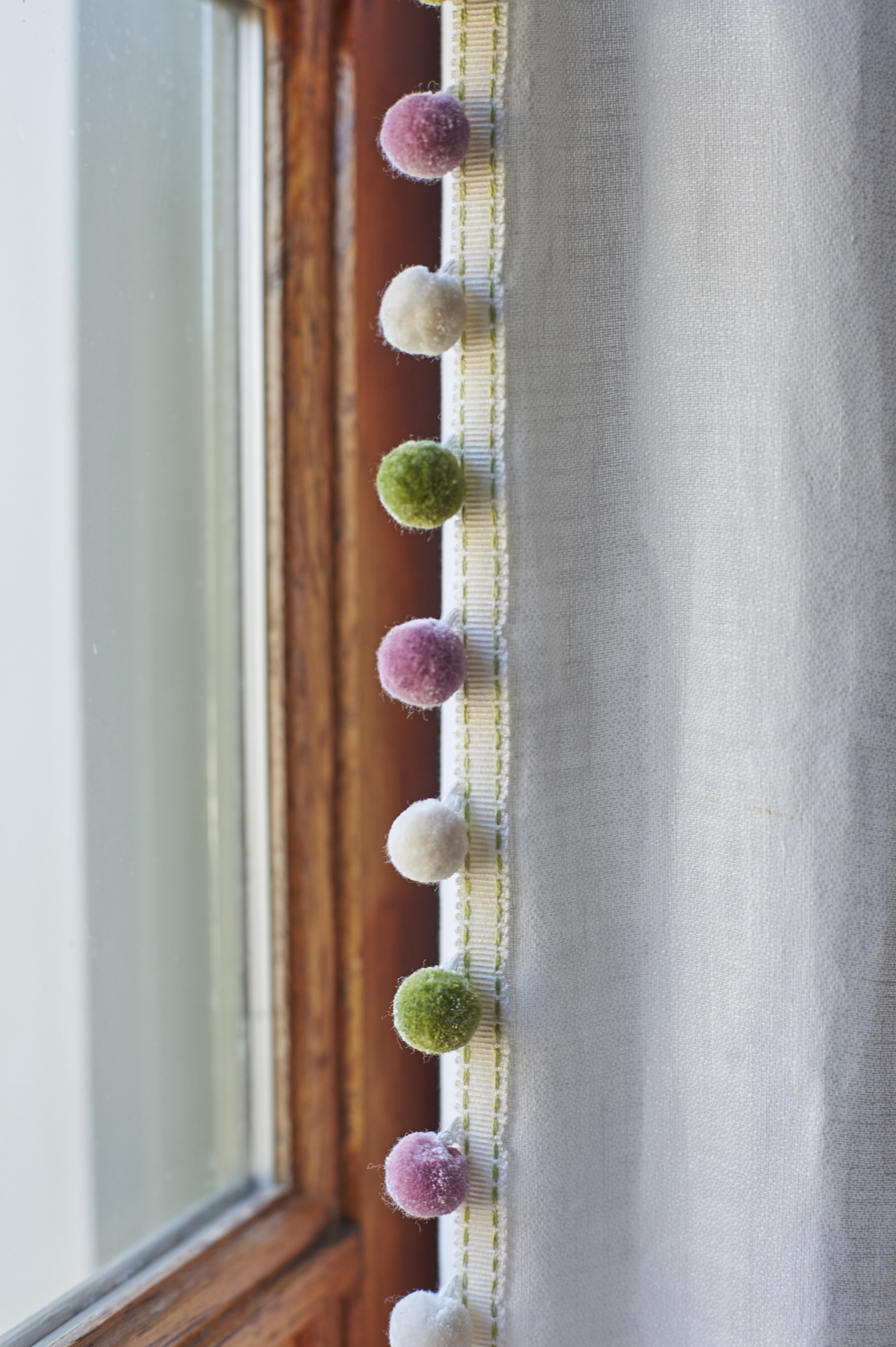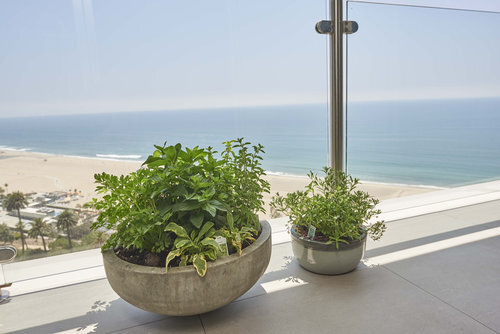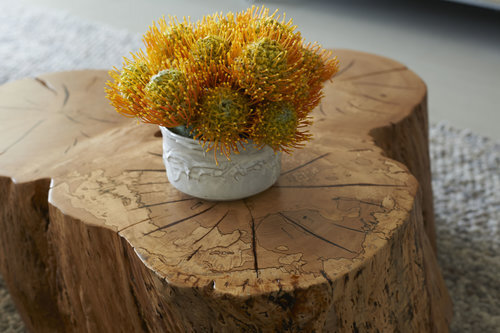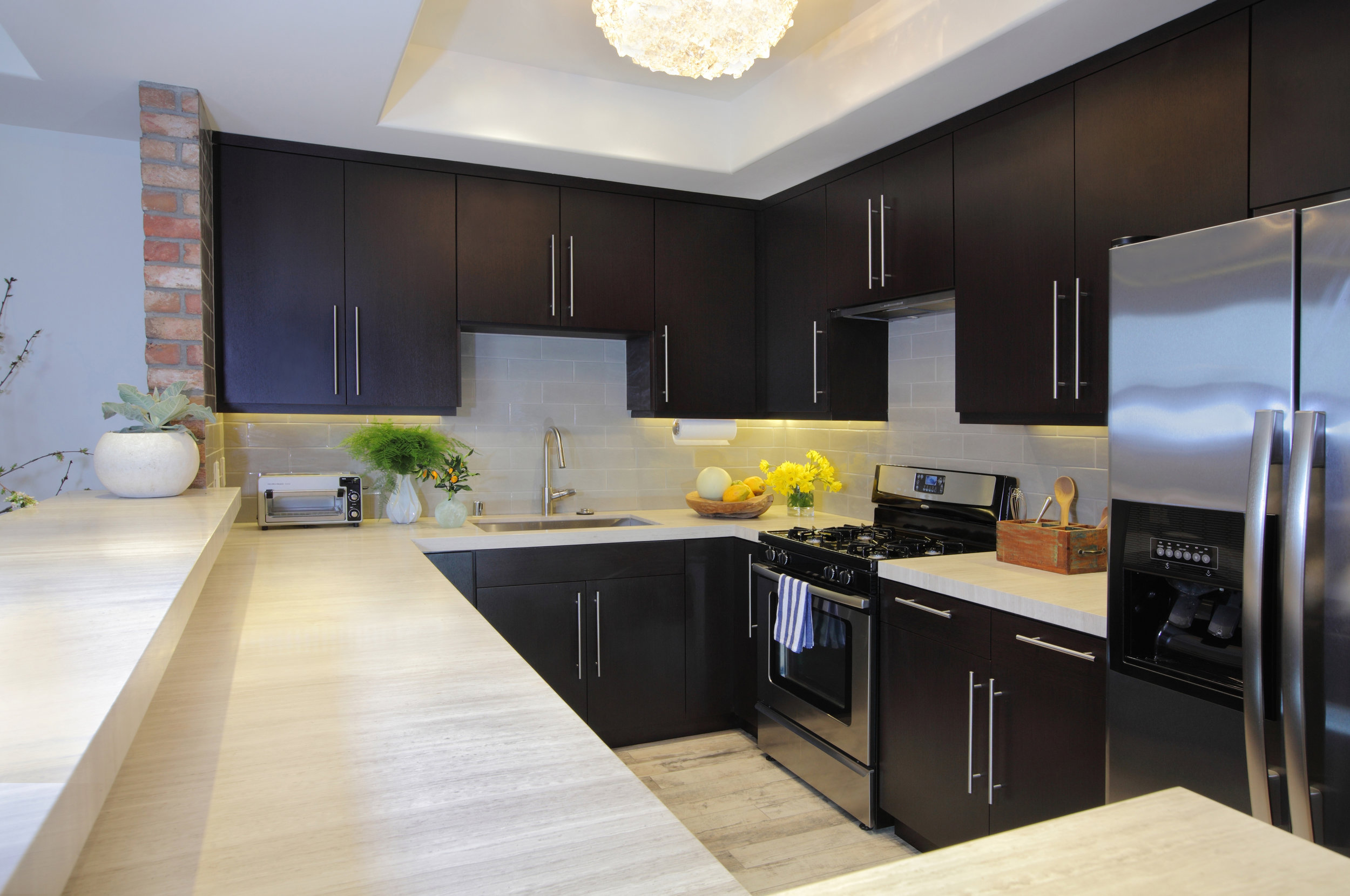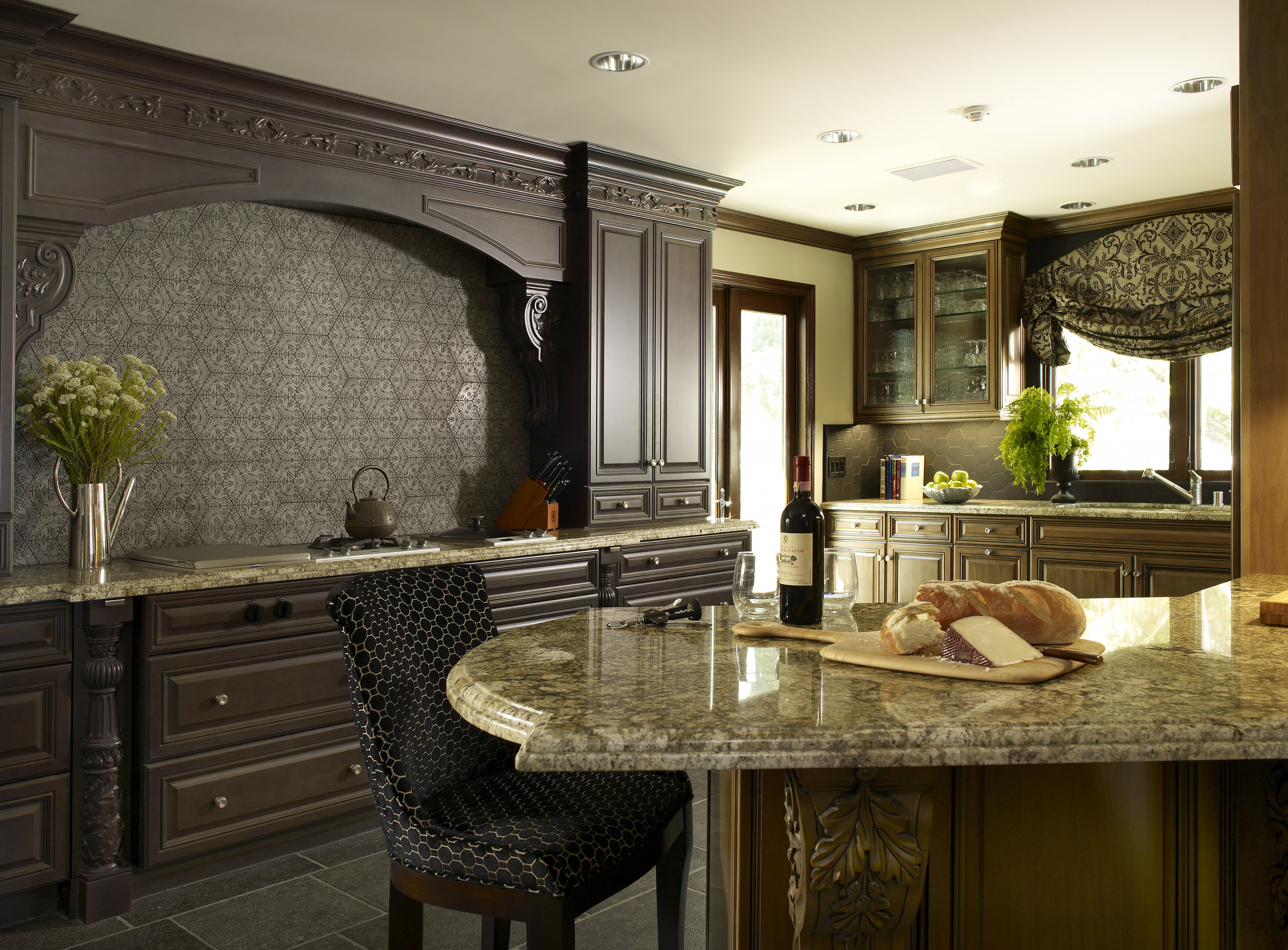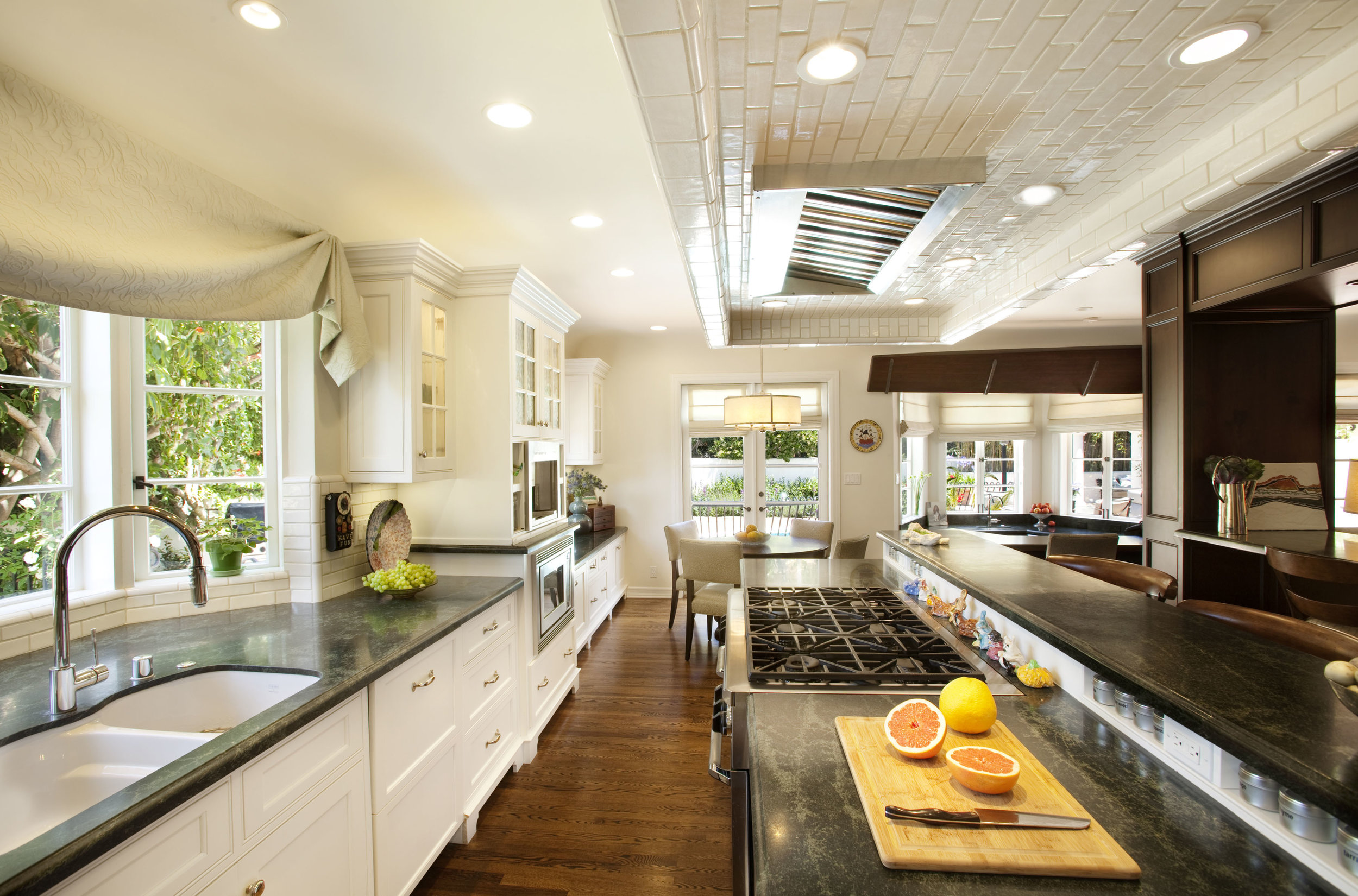Sneak Preview: Pasadena Showcase House for the Arts 2019
/The Boddy House built in 1937 by architect James Dolena at the Descanso Gardens.
On April 16th, Pasadena Showcase House for the Arts (PSHA) opened its 2019 Design Showcase House for an exclusive press-only preview. As a notable interior design firm and social media influencer, Sarah Barnard Design was invited to attend the press viewing and capture a sneak peek of the house, which opens later this month. While the select group of visitors was allowed to take photos, no guests will be allowed to take pictures or use cell phones once the event officially opens.
This year’s design showcase location is the historic Boddy House on the grounds of the beautiful Descanso Gardens. Notable Los Angeles architect James E. Dolena designed the home in 1937 in his trademark Hollywood Regency Style for E. Manchester Boddy, owner of the former Los Angeles Illustrated Daily News and founder of the Descanso Gardens. Now owned by the Los Angeles County and considered a house museum, Pasadena Showcase House for the Arts selected the Boddy House to be transformed by interior designers for the 43rd annual showcase event.
Each designer was assigned a room of this bi-level garden estate to makeover resulting in the complete rehabilitation of the historic property. Hearkening back to the Hollywood’s “Golden Era” the designers offer a contemporary reinterpretation of the original Hollywood Regency Style abound with opulent detail, vibrant patterns, and bold color schemes. Botanical inspiration abounds as lush gardens surround the property in the full bloom of Spring. Floral wallpapers, nature-inspired furnishings, and organic sculptures bring new life to the home.
The Boddy House will be open from April 21st to May 19th, 2019. Tickets can be purchased in advance online at http://pasadenashowcase.org/
Pasadena Showcase House for the Arts, a non-profit, all-volunteer organization, runs this showcase house as a fundraiser for their charity work and welcomes nearly 25,000 visitors each year. All money raised from this event will support local music programs. Designers from all over California come to take part in the making of this project to benefit the community. See this year’s crop of designers, who generously donated their time and expertise, here.
Sarah Barnard designs healthy, happy, personalized spaces that are deeply connected to nature and art.
To learn more about Sarah Barnard Design, please visit www.SarahBarnard.com.
Photos by Abby Siniscal



